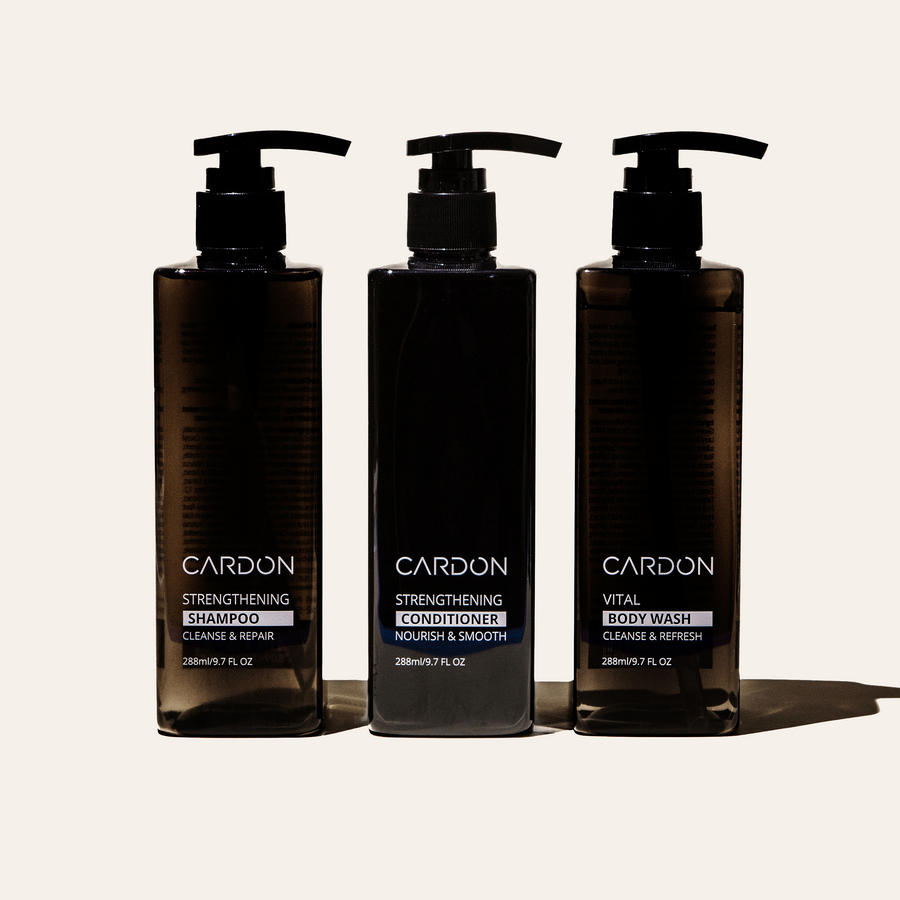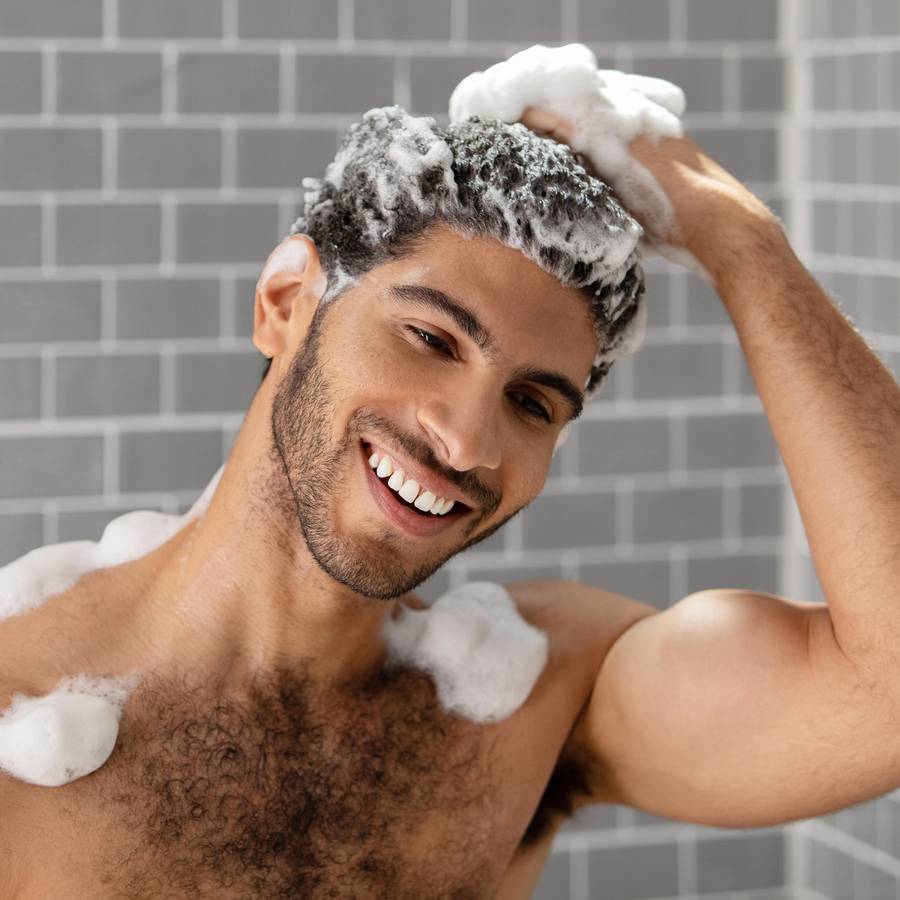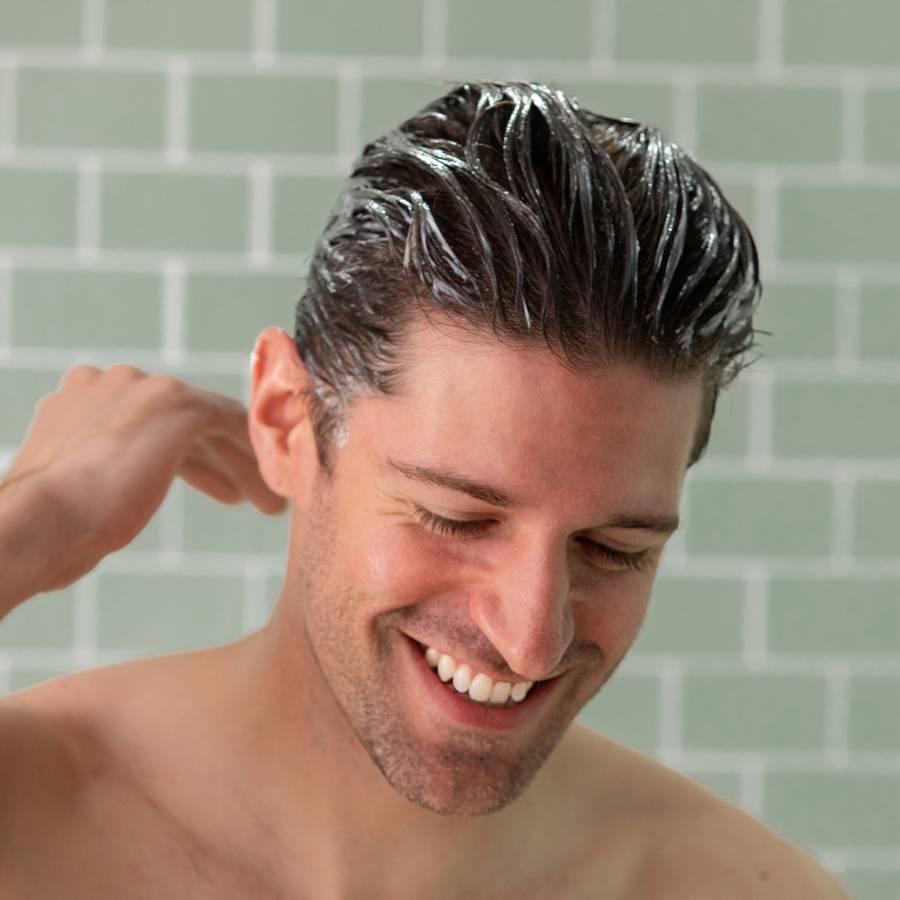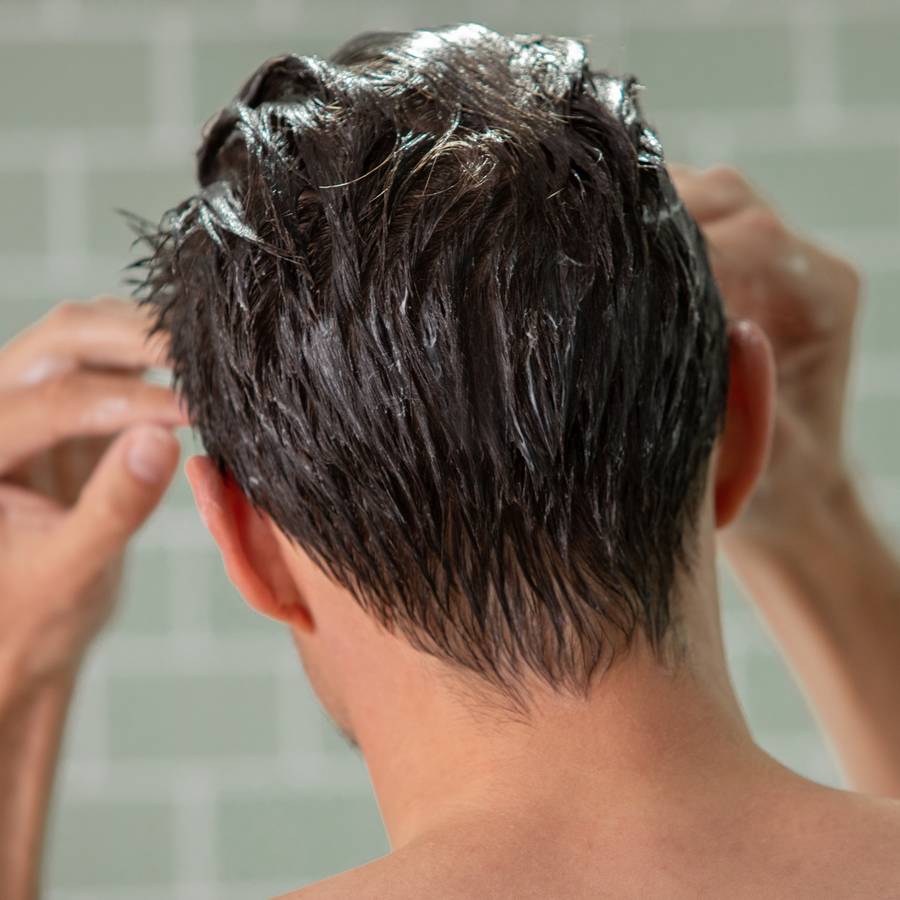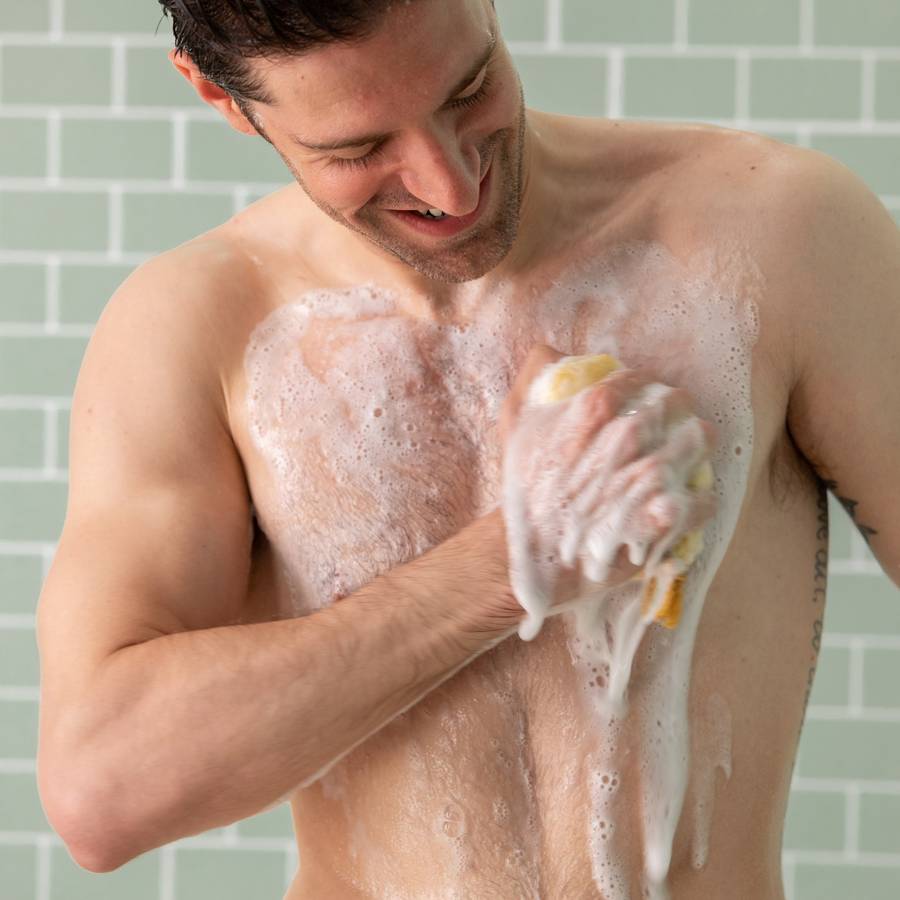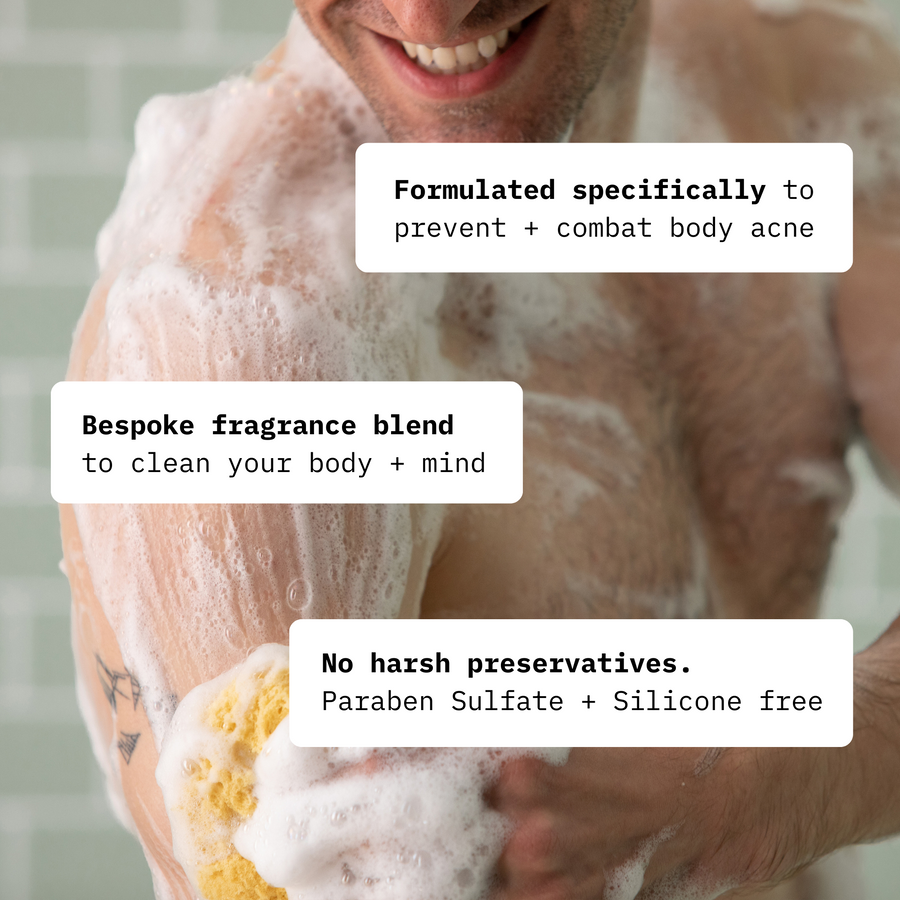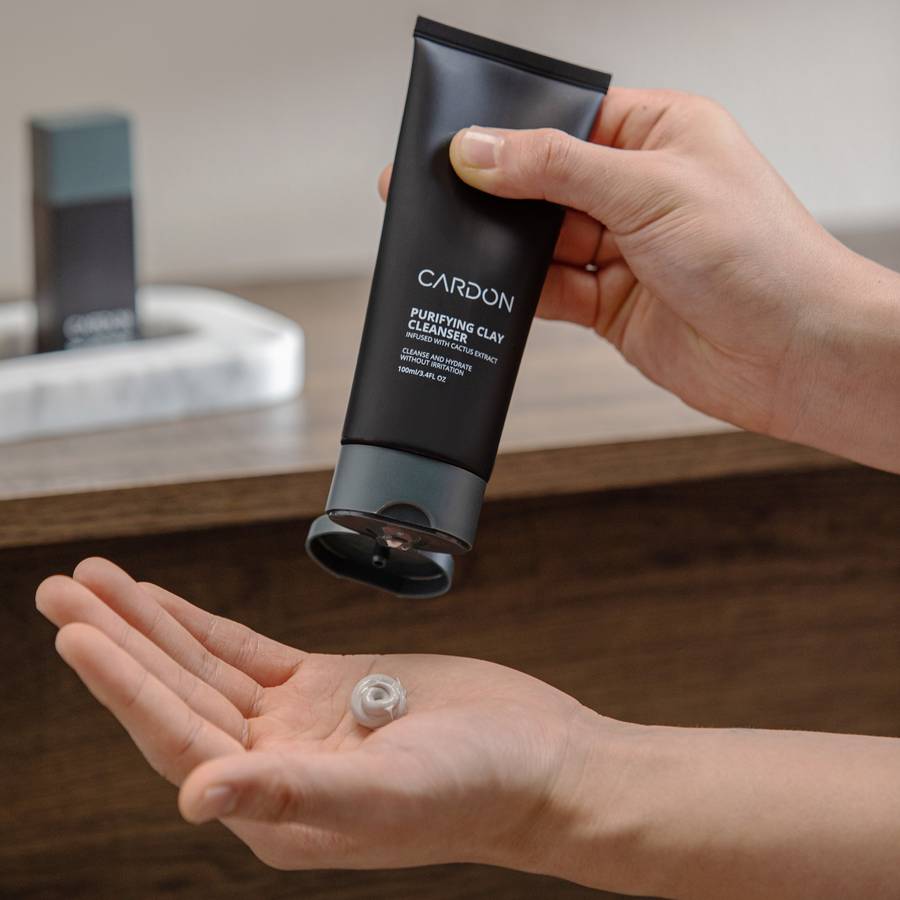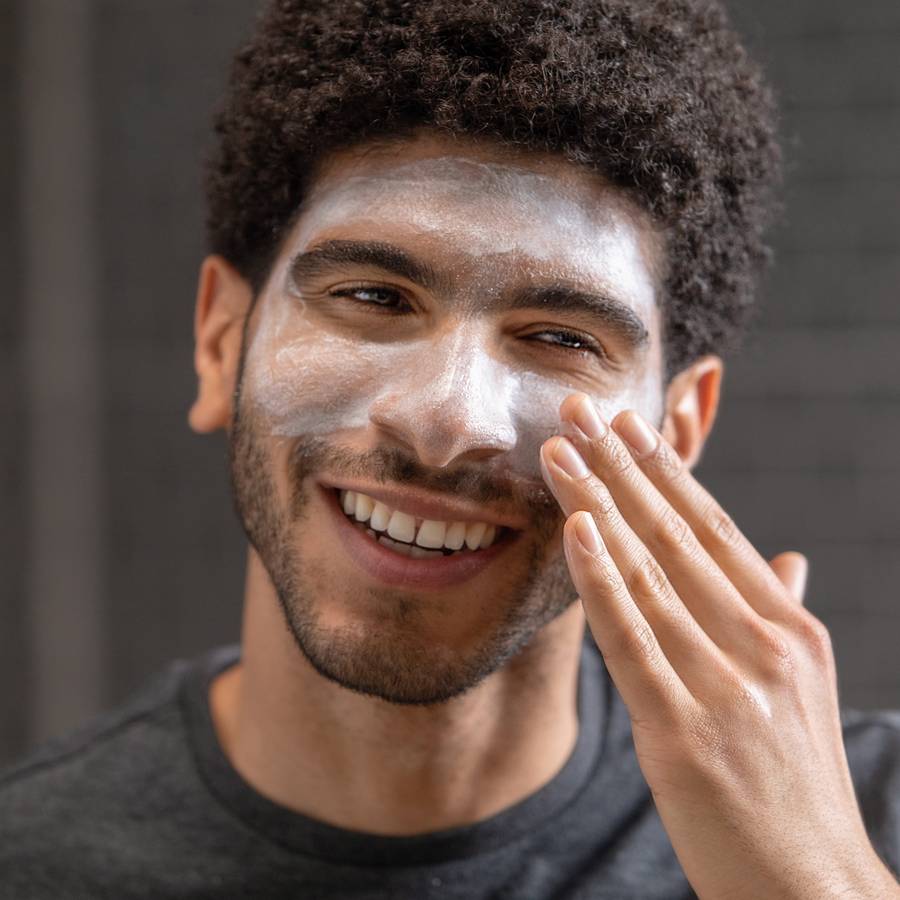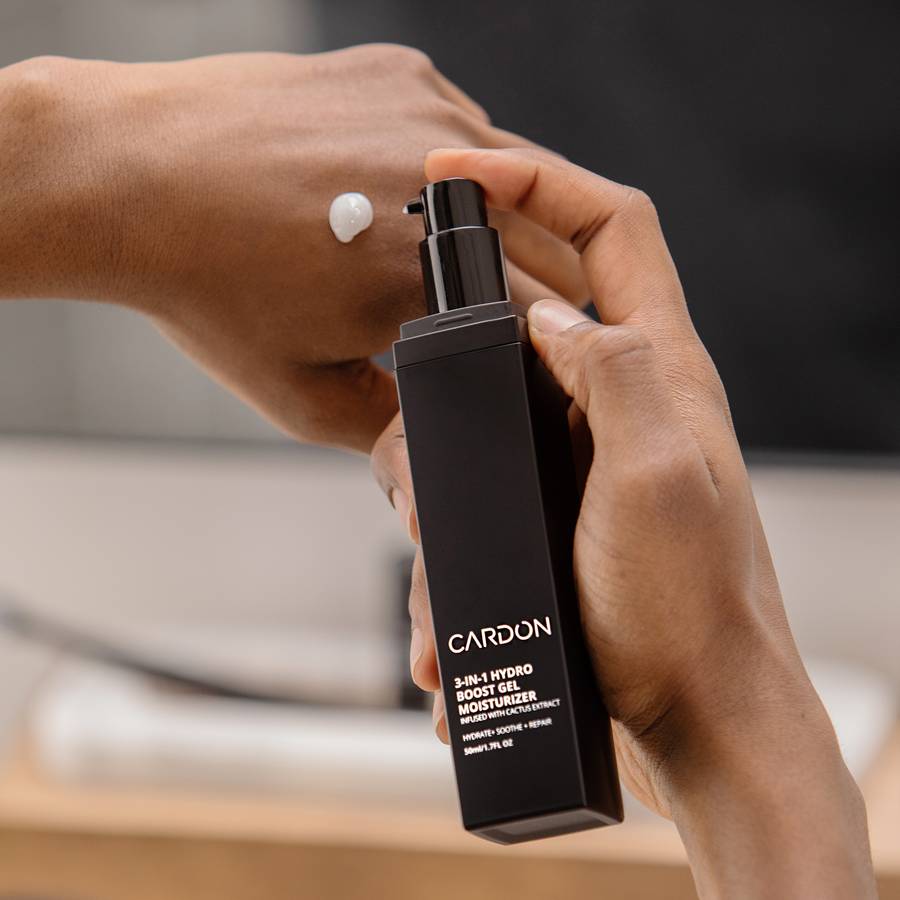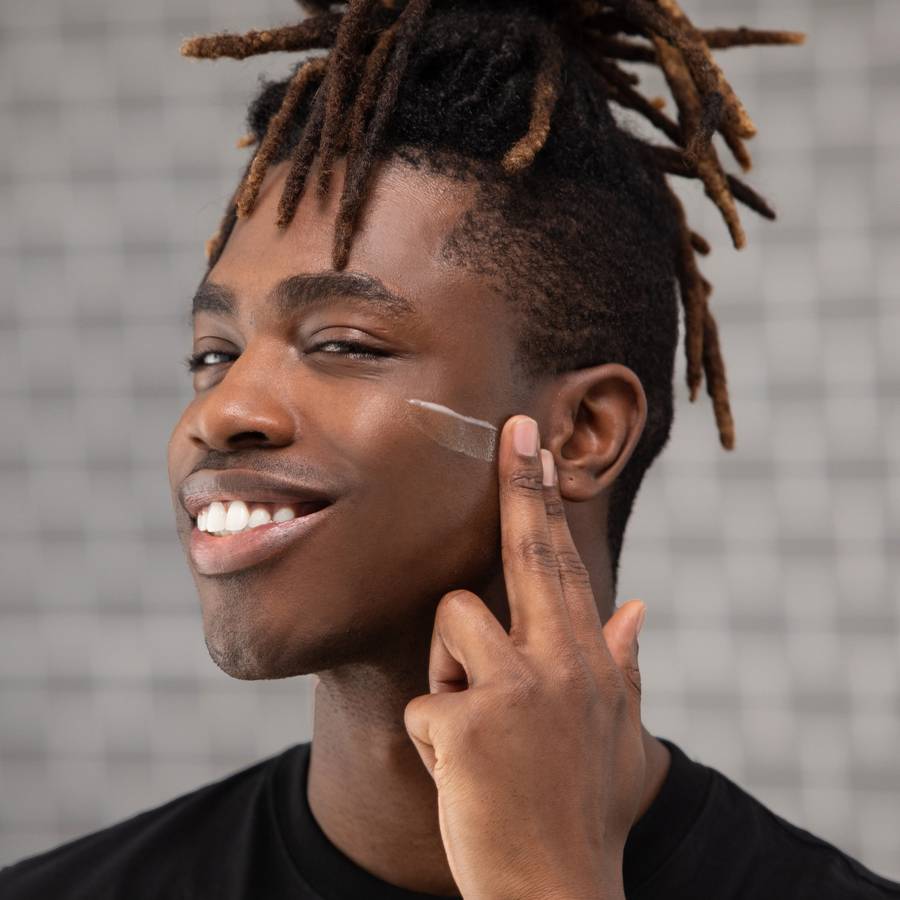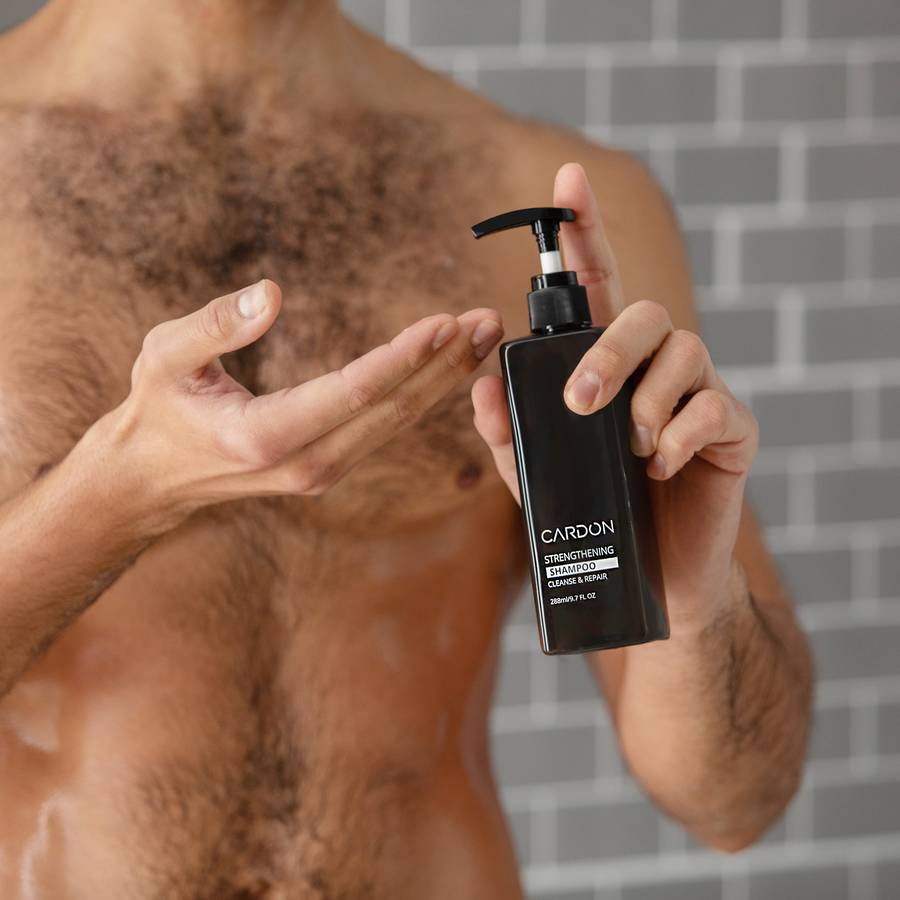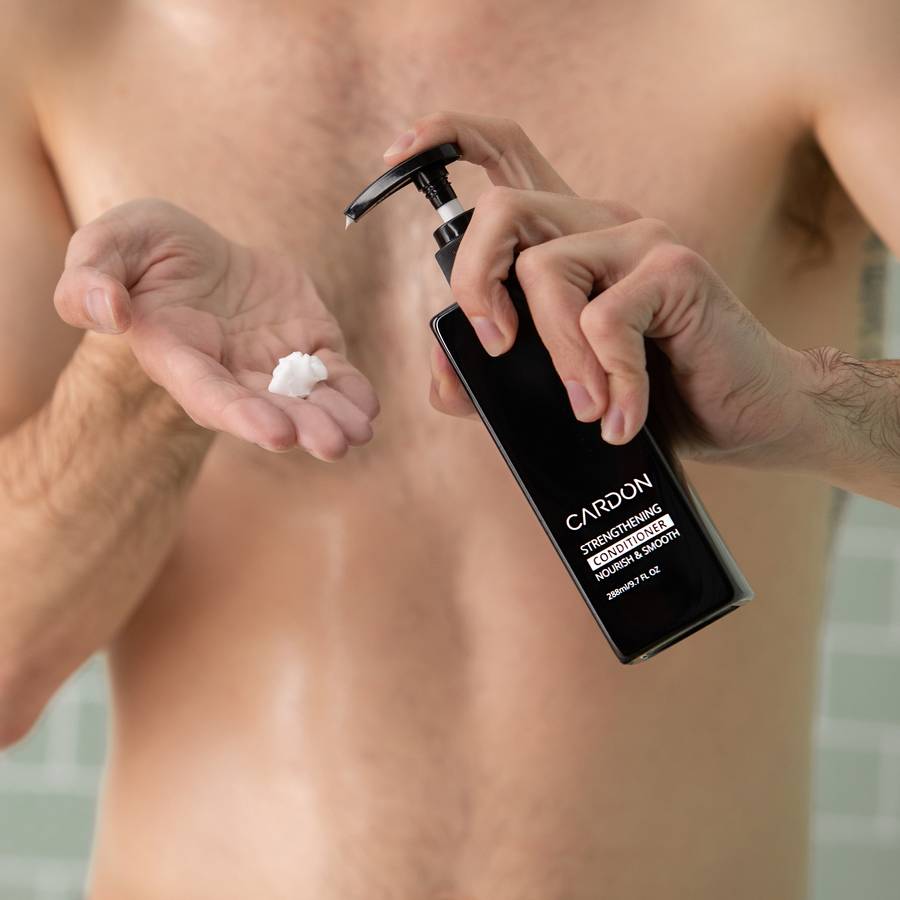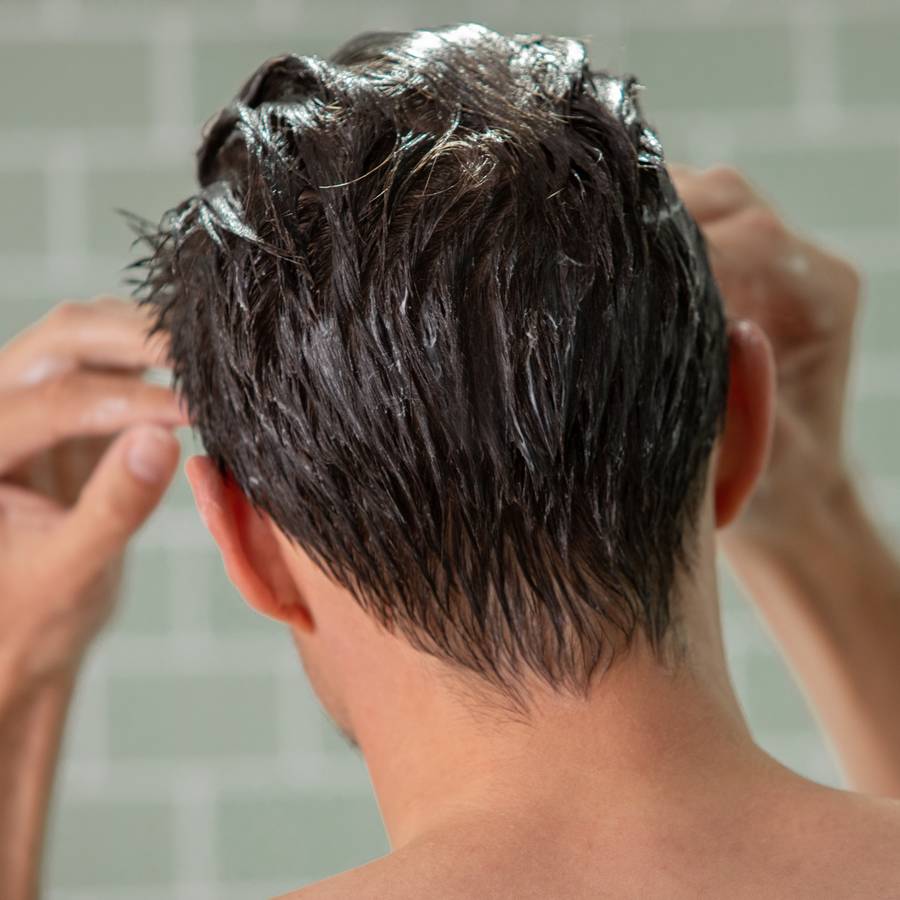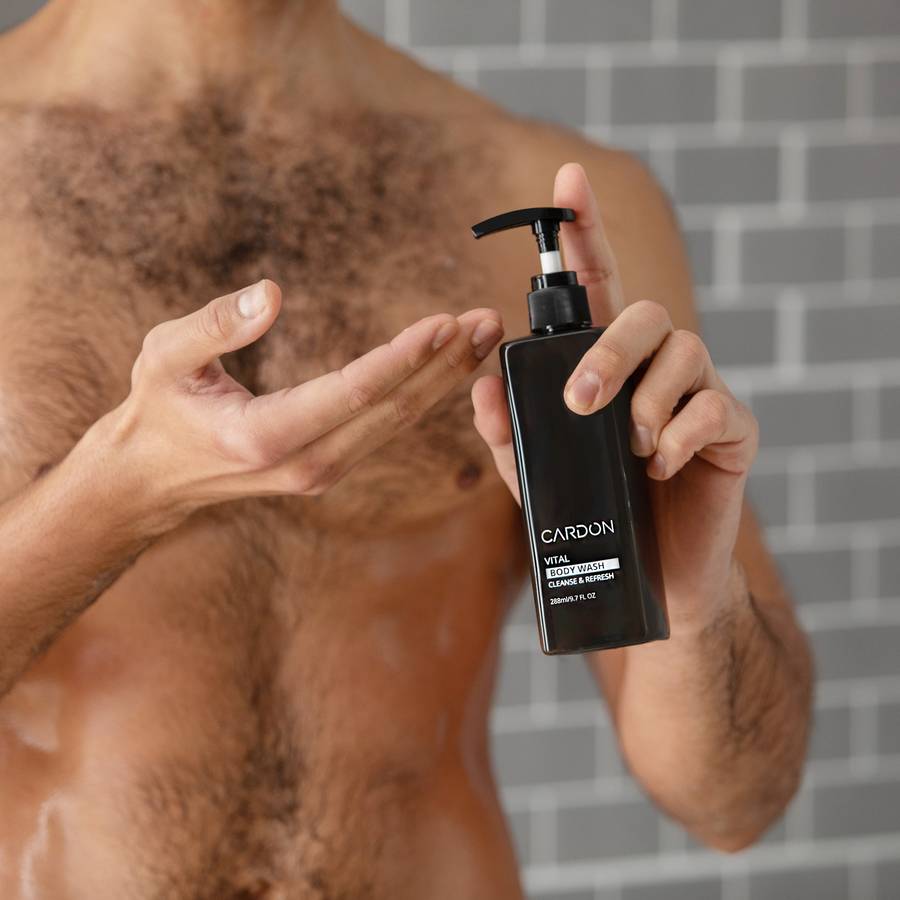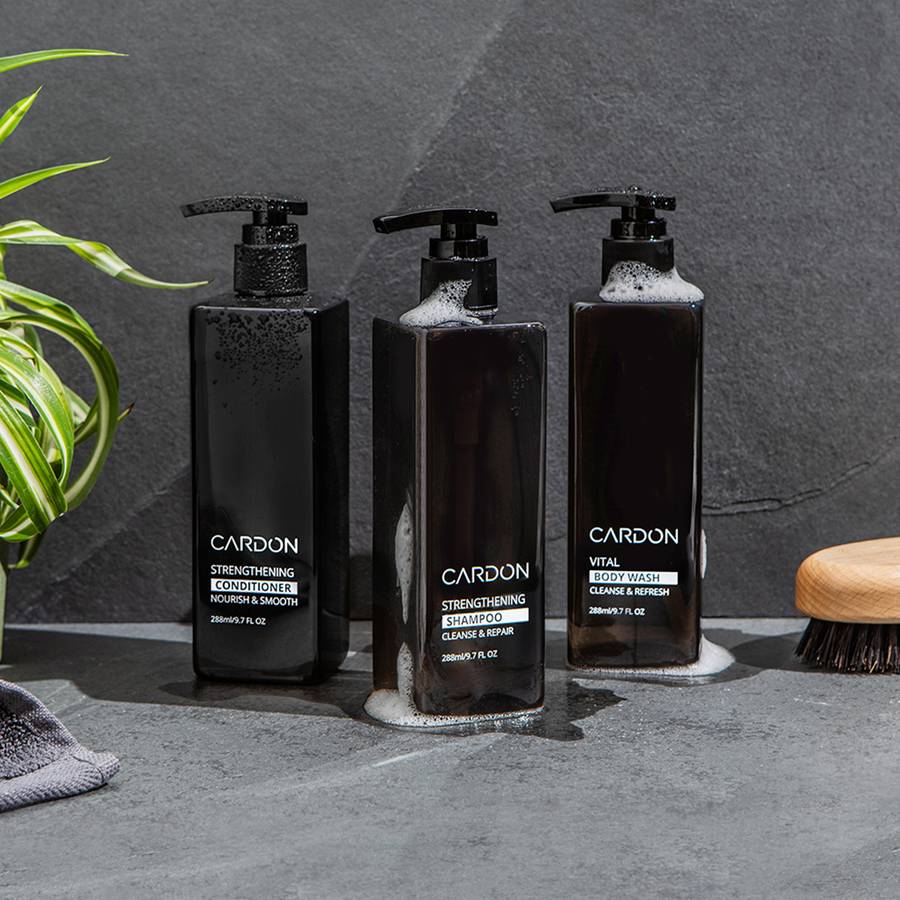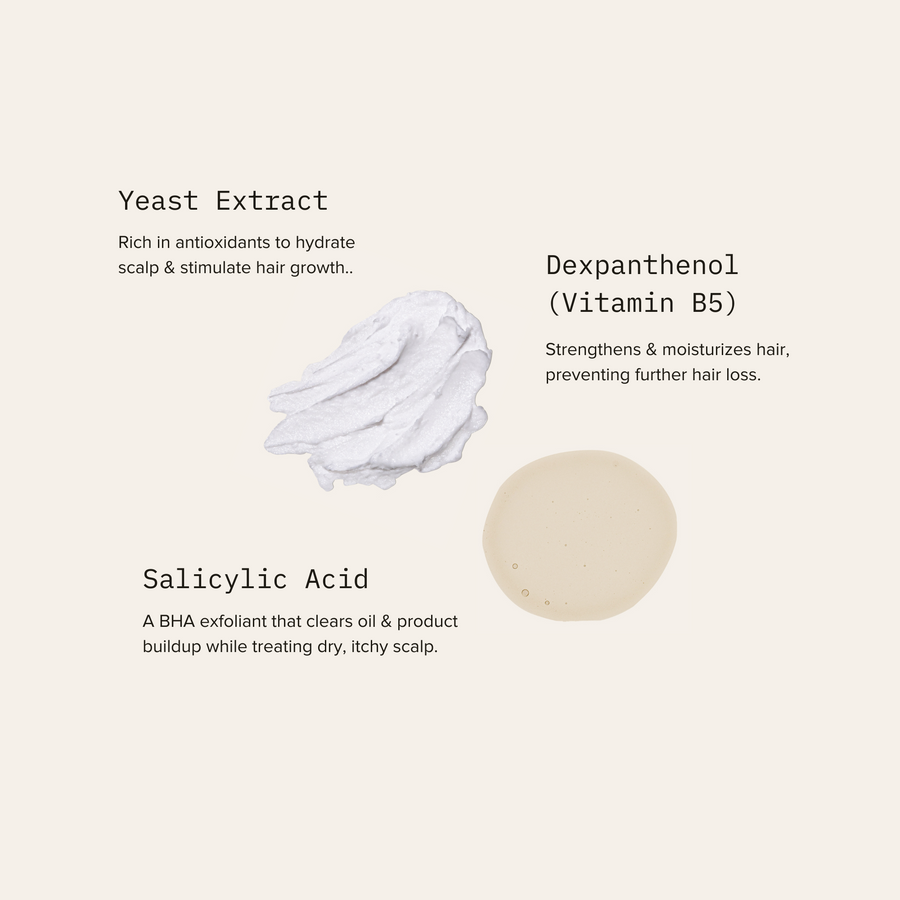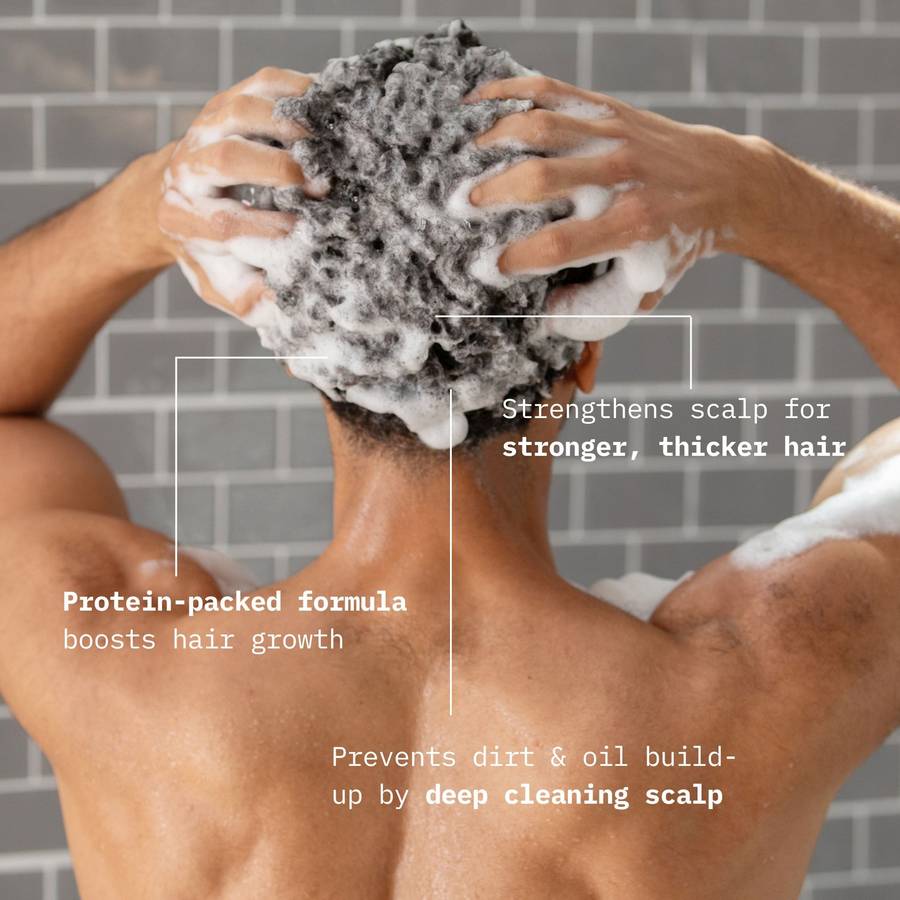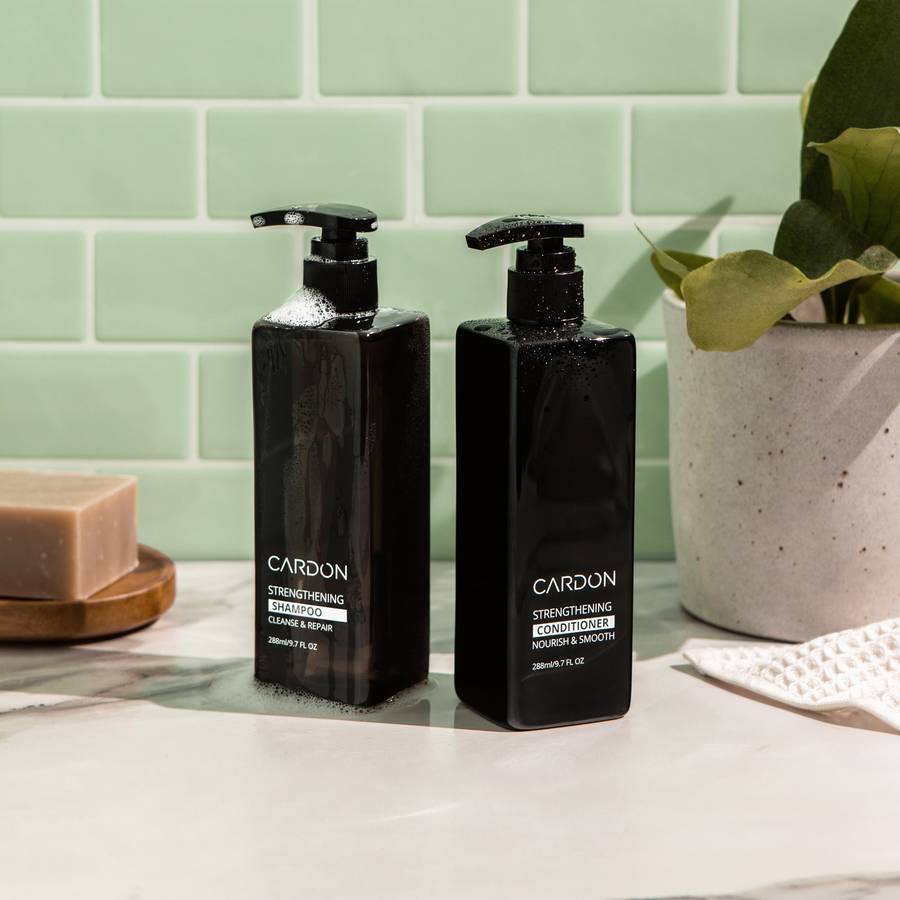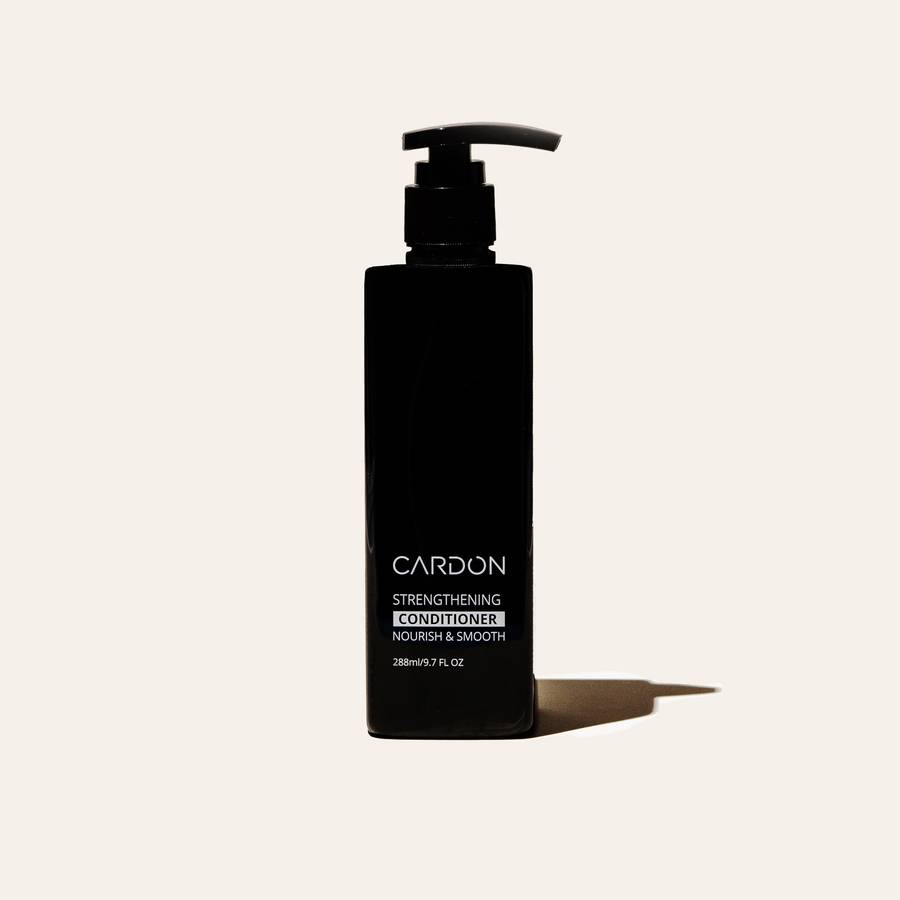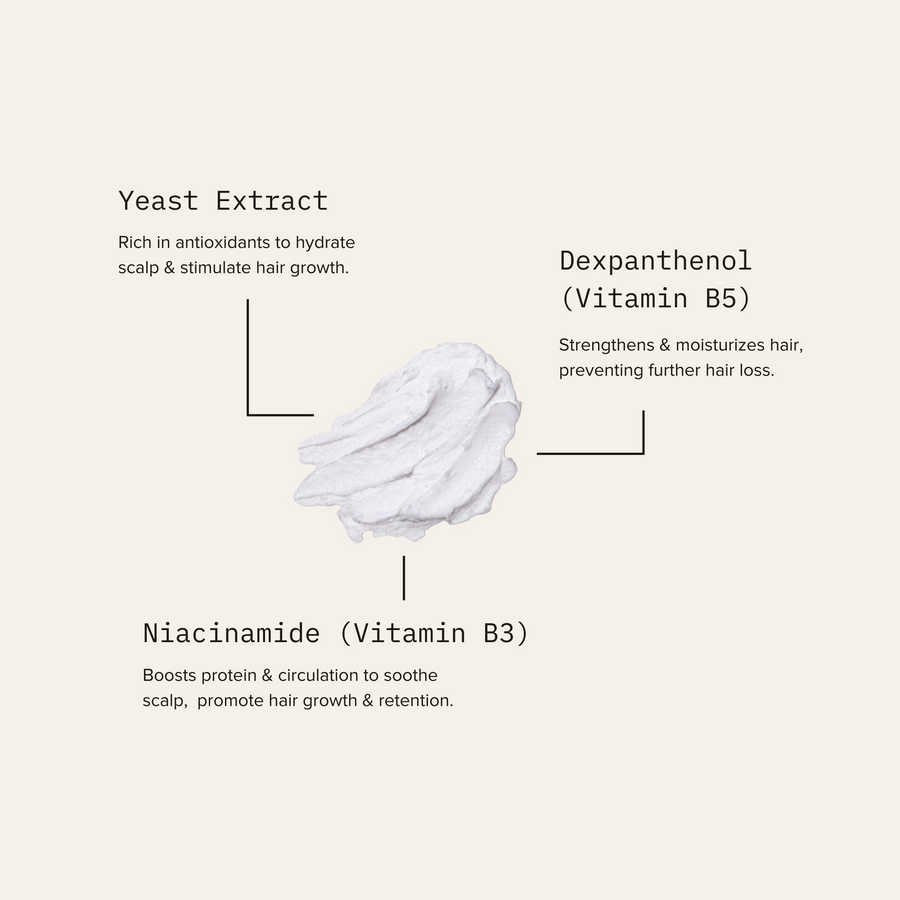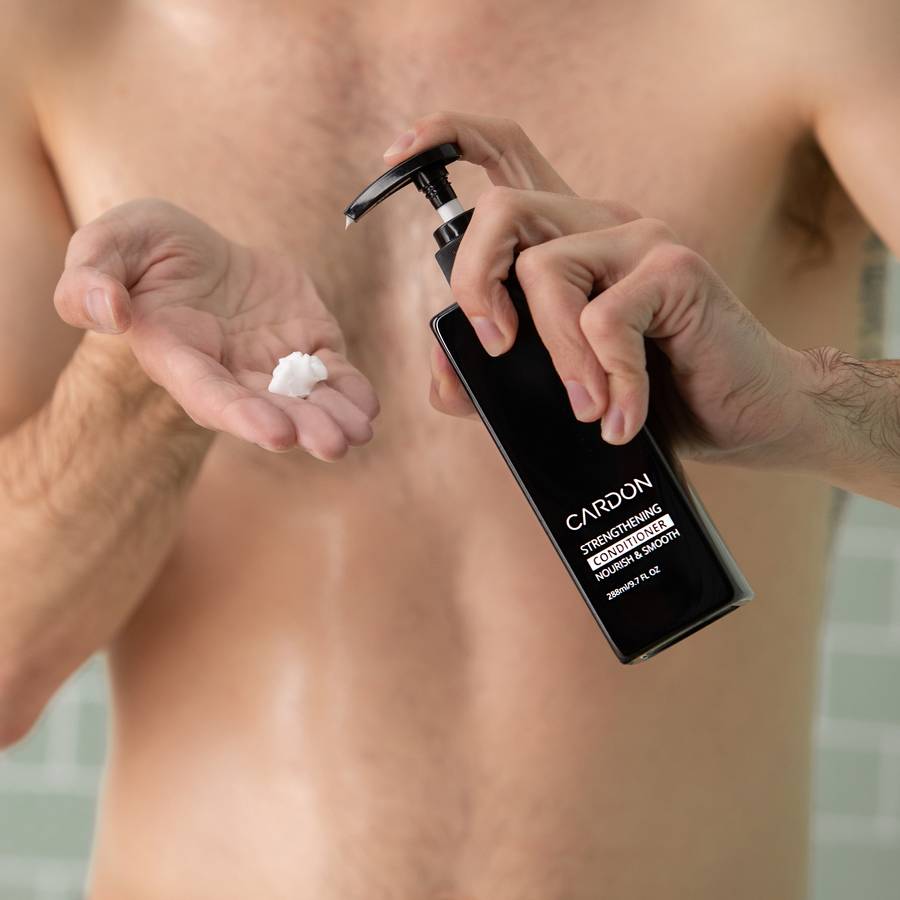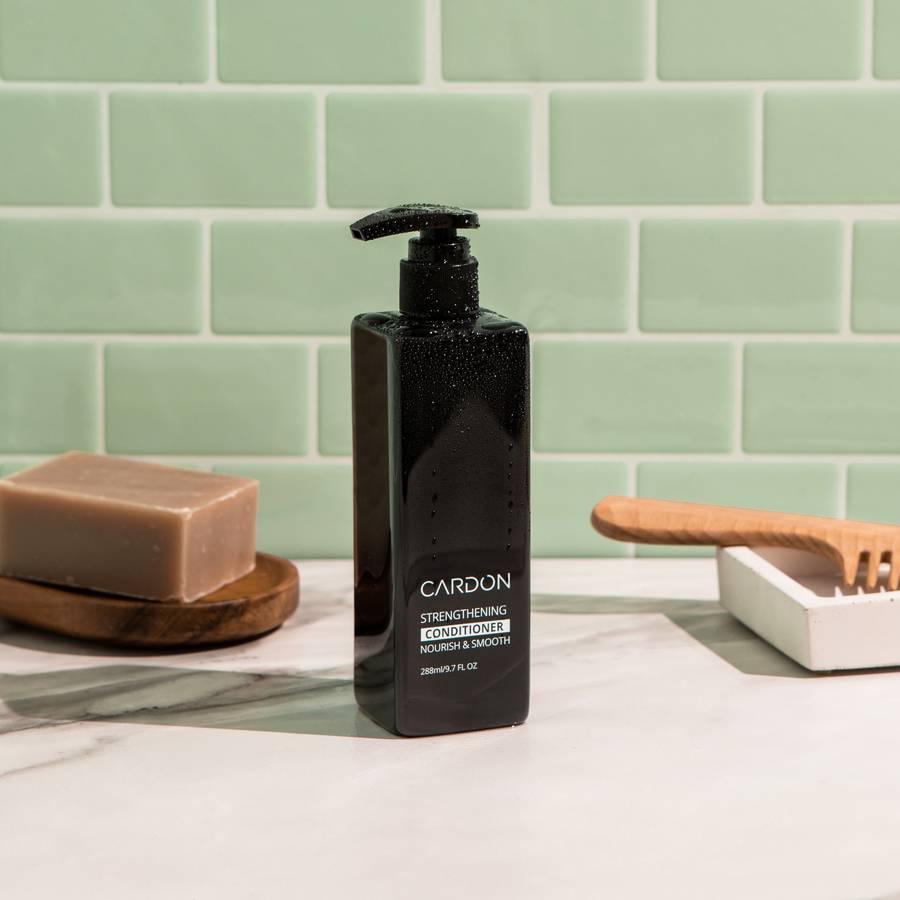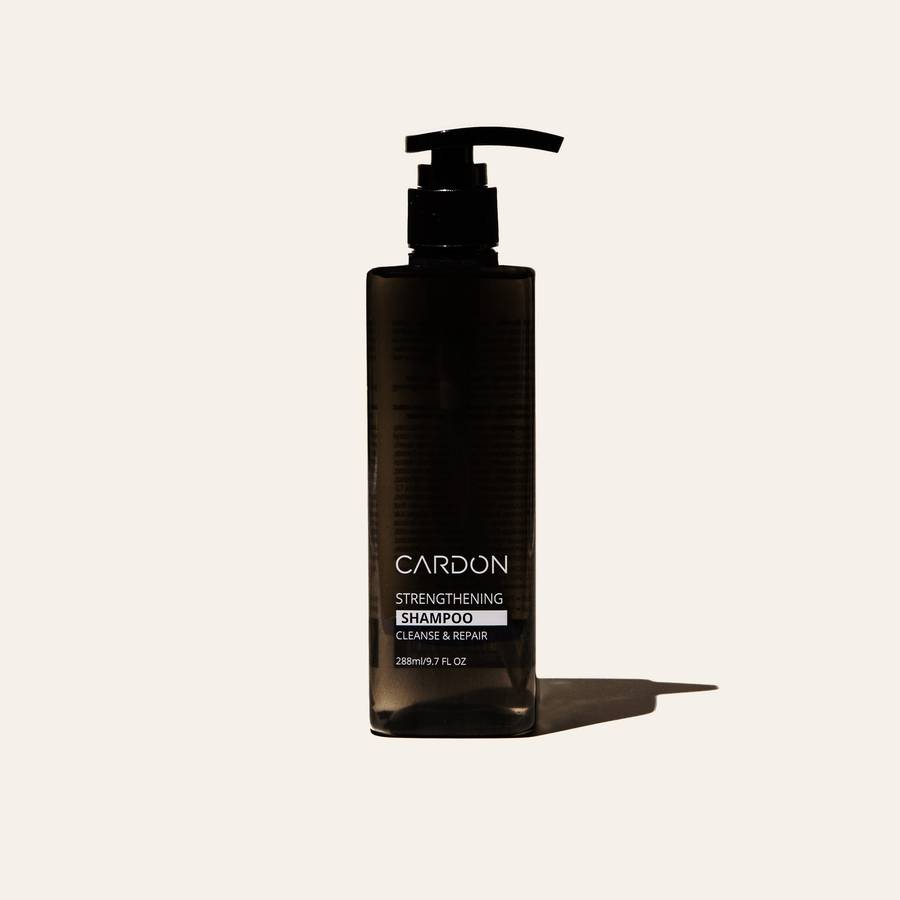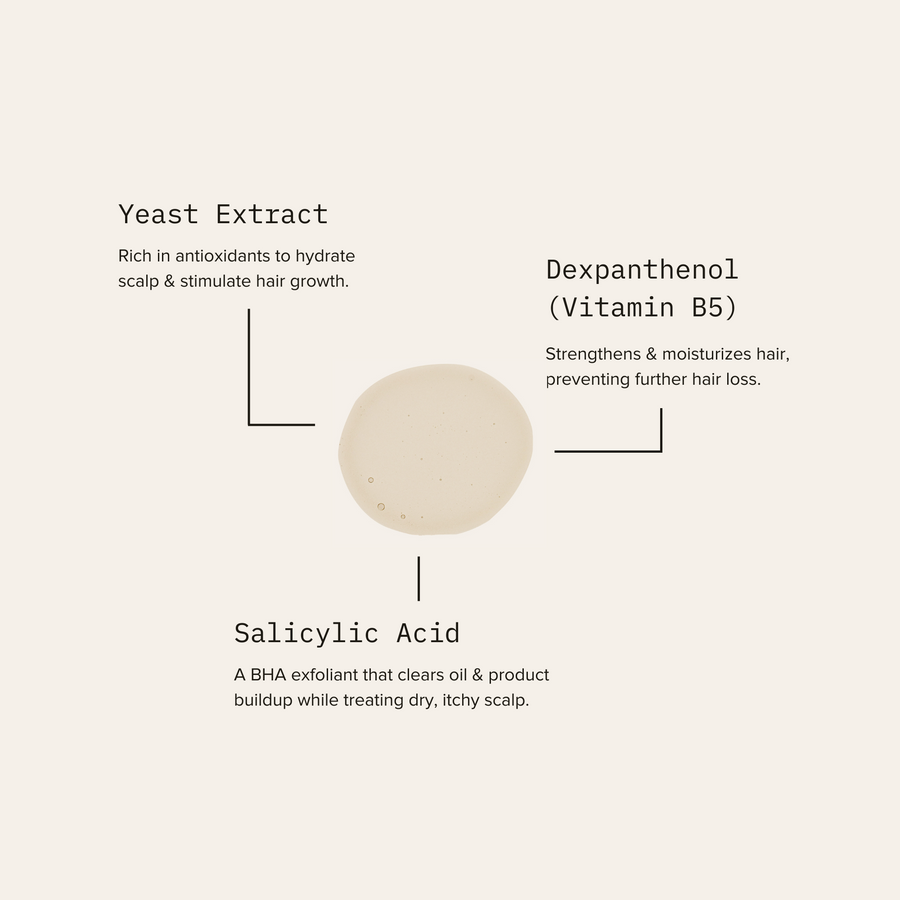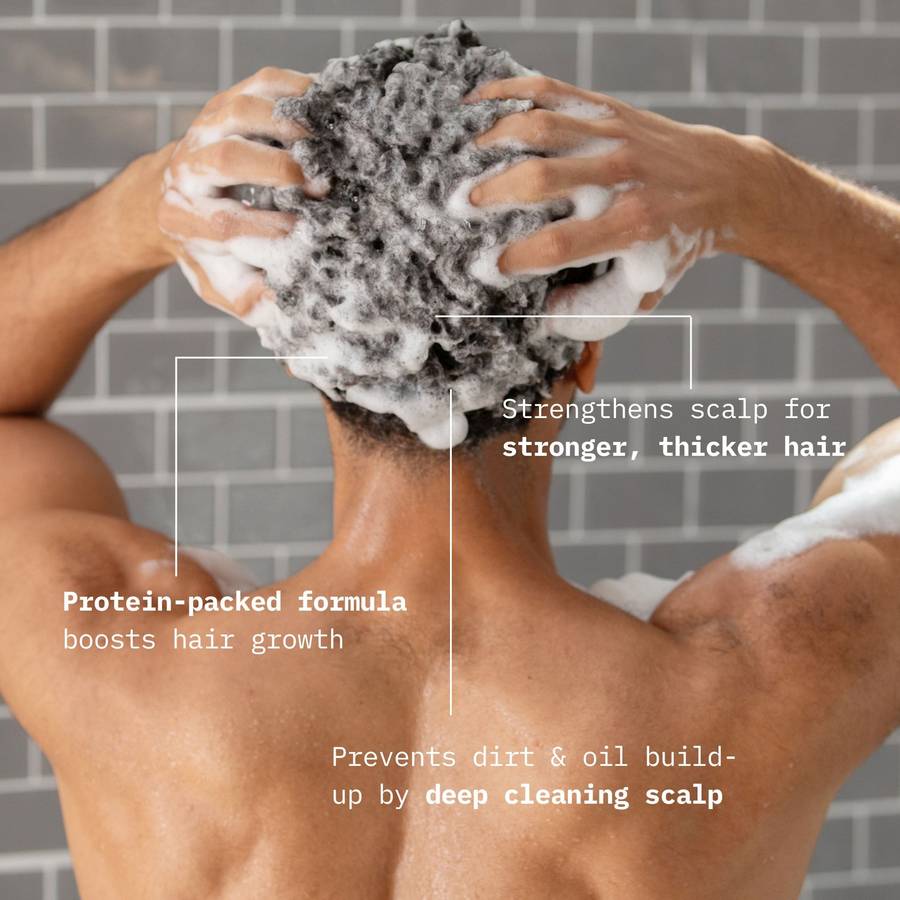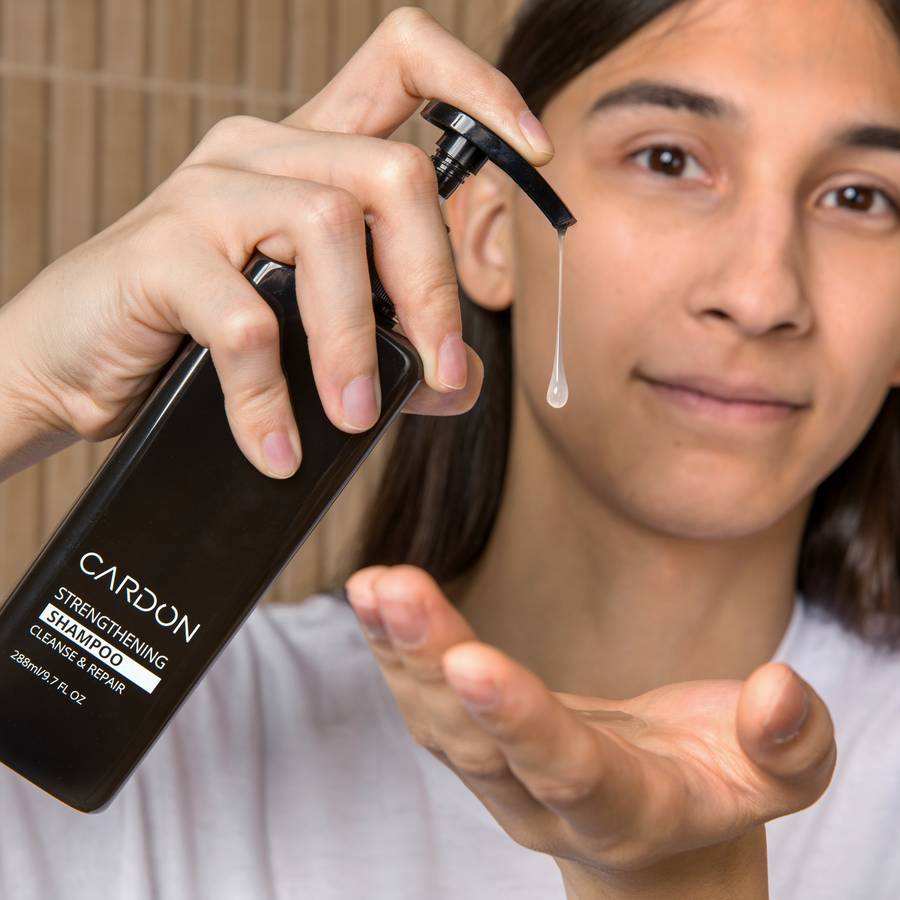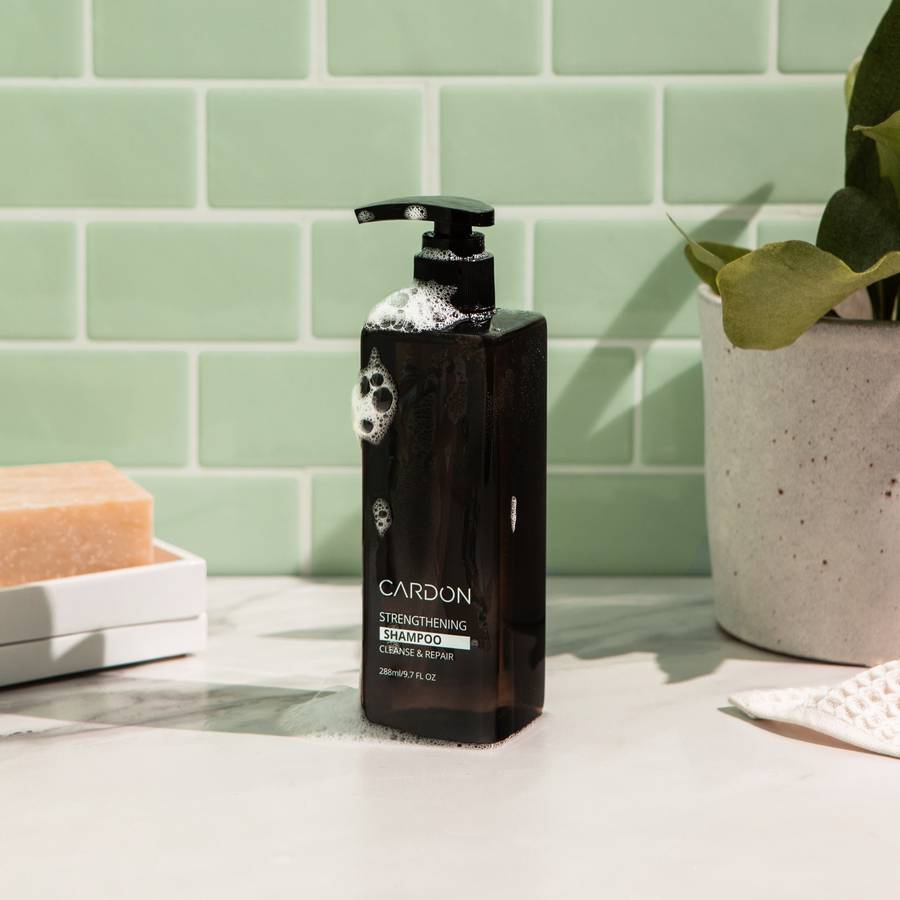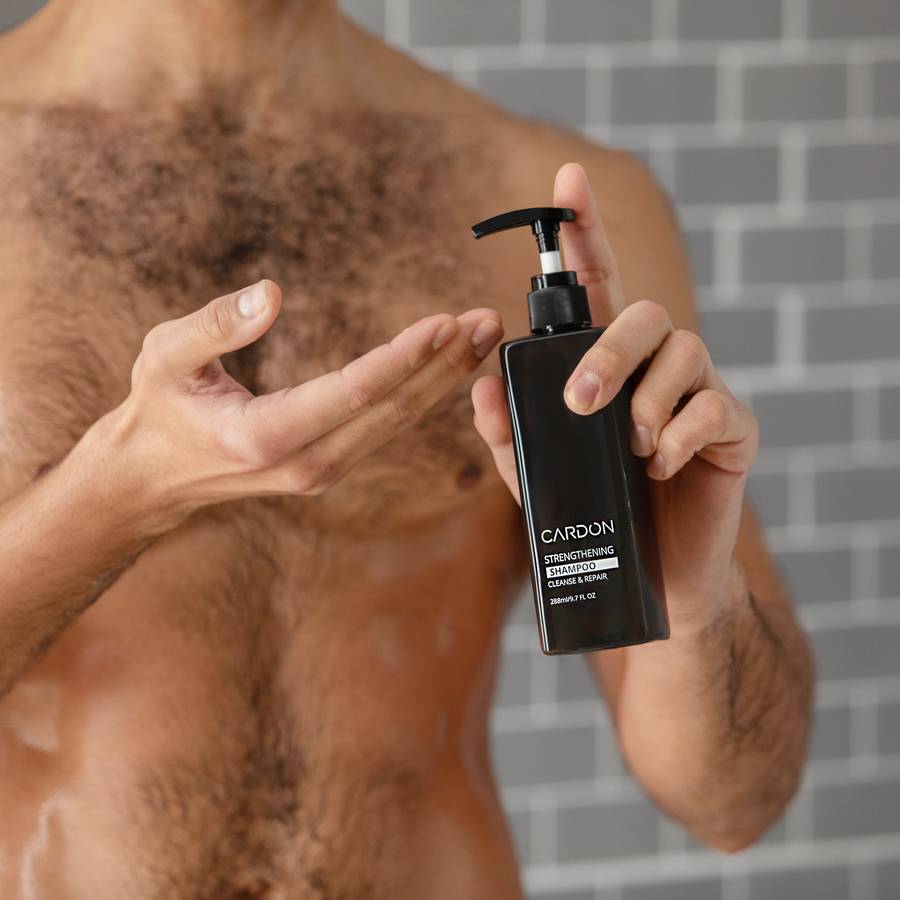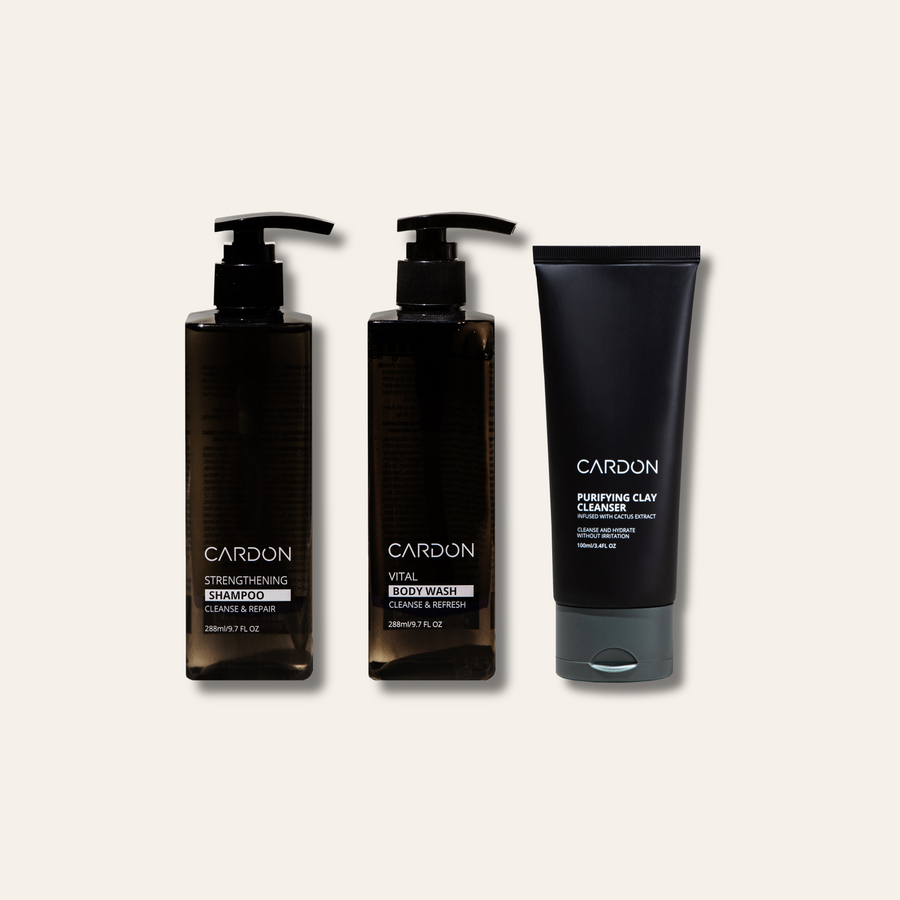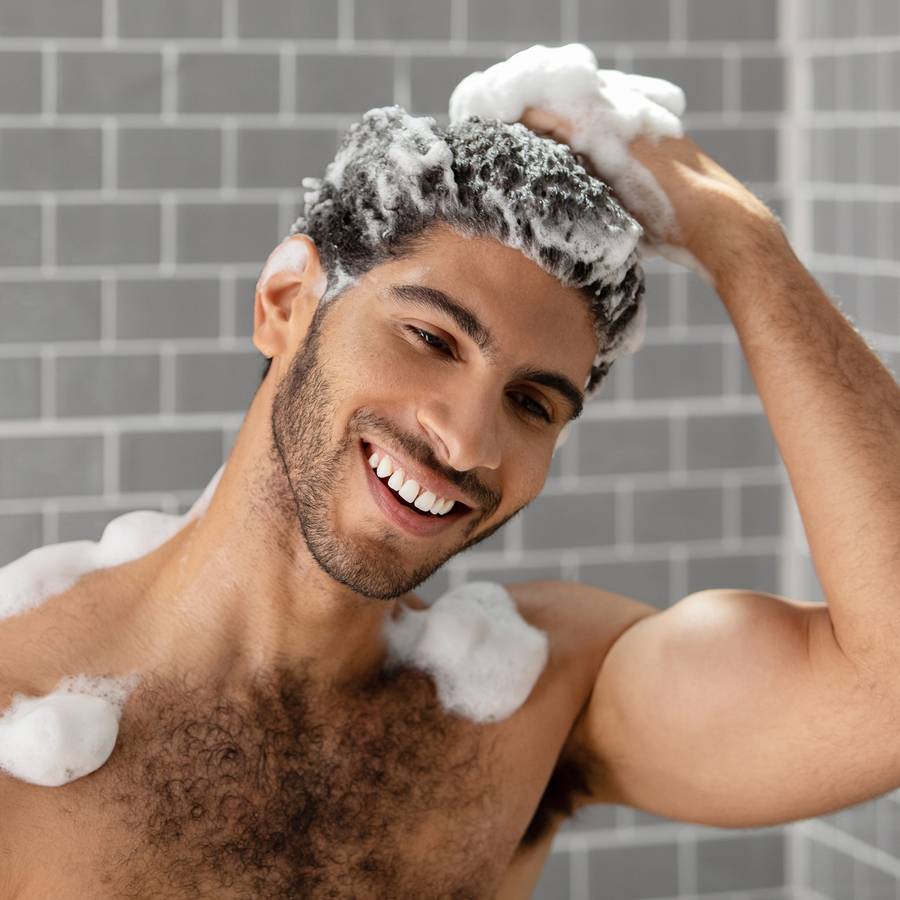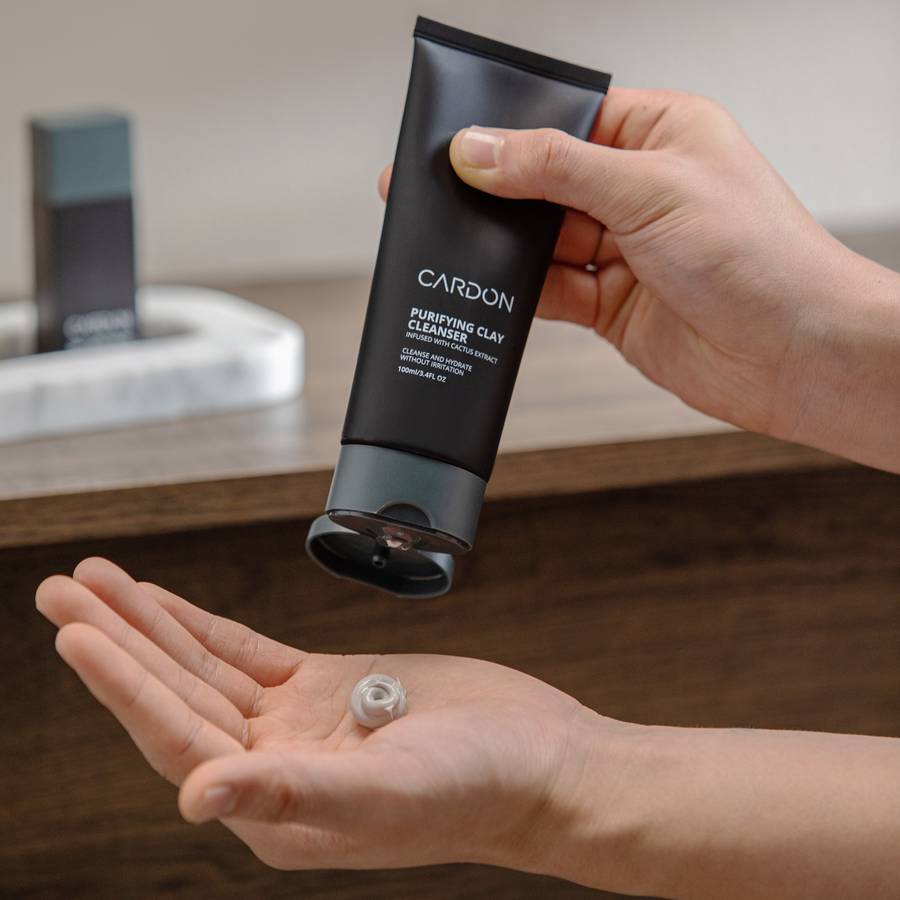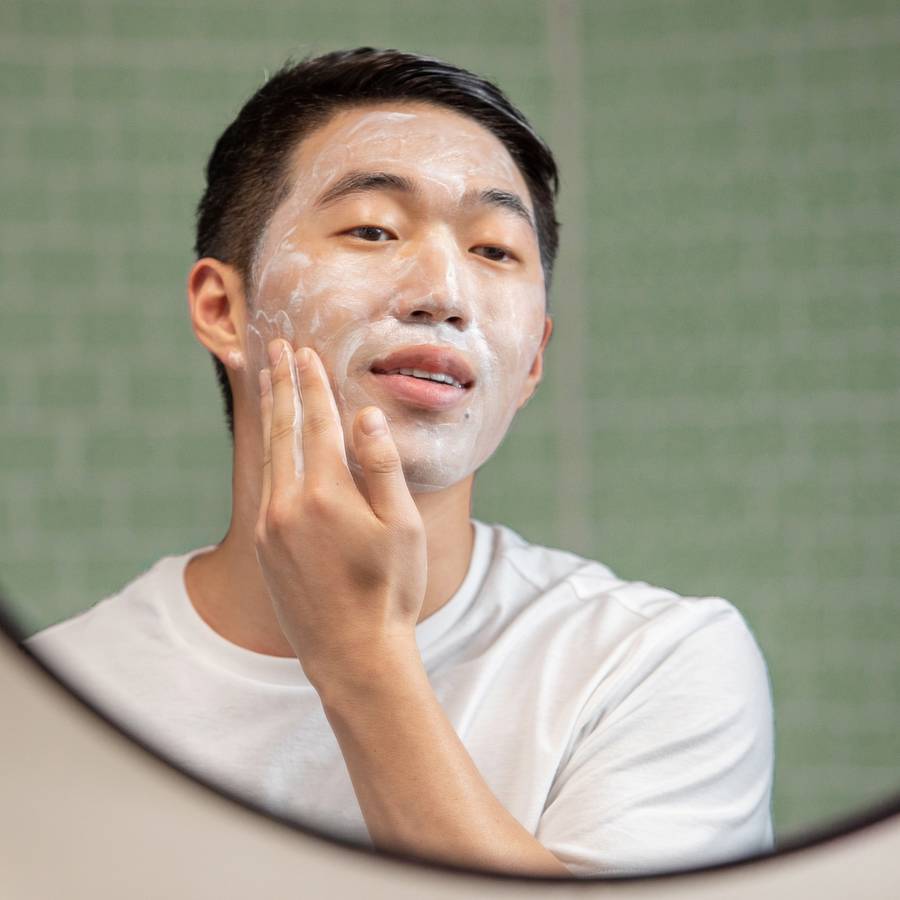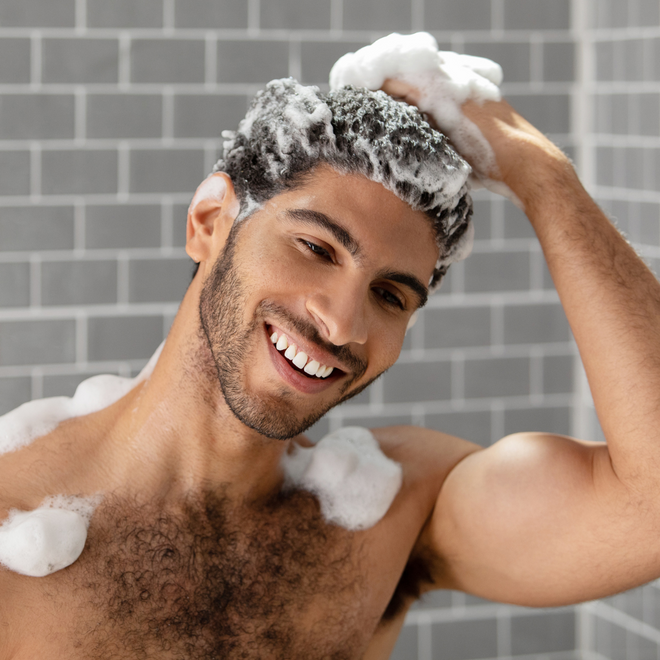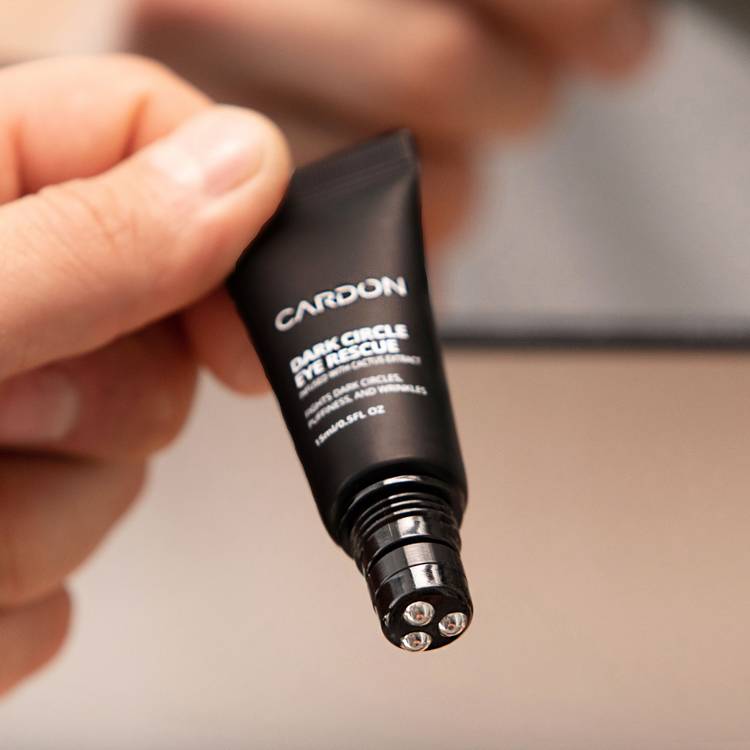Tips to Fight Hair Loss
There are many hair loss myths out there. Here are some tried-and-true tips to fight hair loss, bring some hair back, and make the most of what you have.
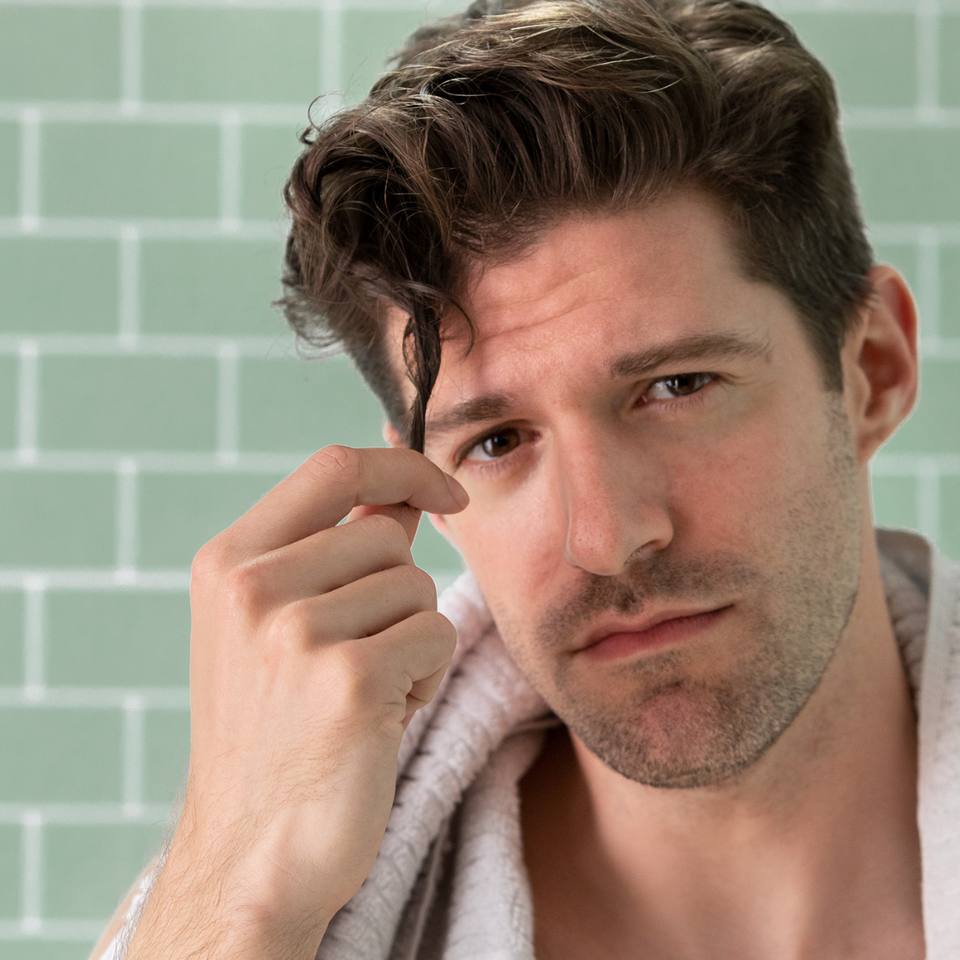
The sooner you fight hair loss—even if you haven’t noticed much shedding yet—then the likelier you are to retain your hair for many decades to come. Hair retention requires numerous intentional habits in order to prevent this shedding; on top of that, you can also revive most of the hairs you’ve lost in the past couple years. (If you are starting this journey in response to an obvious thinning out.)
Remember, it’s a never-ending process. If you see improvement in hair retention, then you need to maintain those habits in order to retain results indefinitely. And it’s never an overnight miracle, either. New hairs need 3-6 months to sprout and reach thick, full expression, so the early stages of hair retention always require patience.

Read on for tips to fight hair loss, and for advice on how to maximize your hair’s potential, if you’re working with a thinner canvas than before.
The Best Ways to Retain Your Hair
1. Hair loss medicines: This includes minoxidil and finasteride, which are both available in topical and oral forms.
Minoxidil, the generic for Rogaine, improves nutrient delivery to your hair follicles by opening up the blood vessels. This results in stronger, thicker, and more resilient hairs. Minoxidil increases the time each strand spends growing, and shortens the time it spends resting—which means your hairs turn over faster, and you have more active hairs on your head at a given time. It is available over the counter in topical form and through a dermatologist in oral form. You will experience additional shedding in the first few months, but relax: You’re the only one who will notice this, and it only means that the drug is working. Those hairs will grow back stronger than before, with many others.
Finasteride, the generic for Propecia, fights the hormonal byproduct (DHT, or dihydrotestosterone) that shrinks hair follicles. By neutralizing this hormone, finasteride dramatically hinders male-pattern hair loss. It is especially effective for preventing hairline recession (which, by the way, cannot be restored without a hair transplant; only crown thinning can be restored through these medicines). Finasteride comes with one big warning, though: Some 2% of oral finasteride users experience sexual side effects (ED and/or loss of libido). So, you need a prescription for this drug, and it must be closely monitored by both you and your dermatologist.
2. Lasers: Low-level laser therapy, or LLLT, is when you wear an LED helmet and send red and near-infrared lasers into your dome, where they stimulate follicles and improve nutrient delivery while also countering the effects of DHT at the site. It’s expensive to do LLLT in the clinic (thousands a year), and you can now buy at-home devices that mimic the therapy in 5-15 minute daily increments. They might look expensive—$700-$3,000—but they work and can yield many years of results.
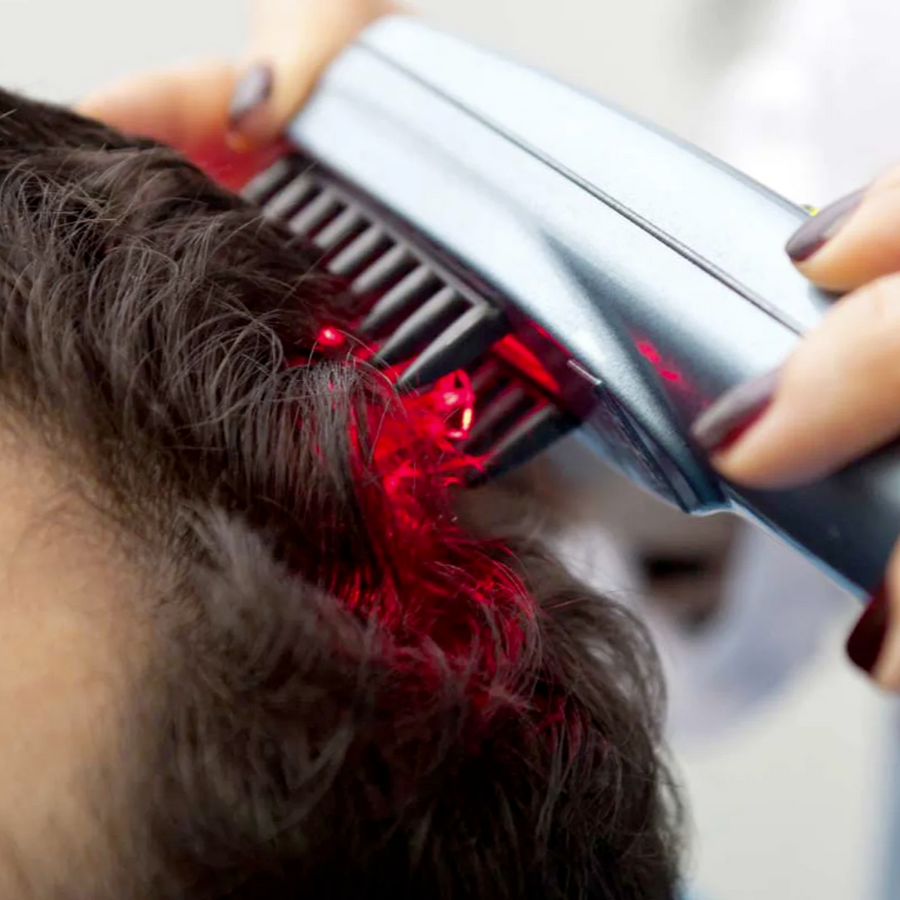

3. Plasma: Platelet-rich plasma, or PRP, involves drawing your blood and separating out the plasma in order to isolate the plasma’s unique growth factors. When the plasma (with these growth factors) is shot into the scalp, it is like steroids for the follicles and 3-6 initial monthly treatments can keep the hair thick and strong for a couple years (at which point, upkeep is a couple treatments per year). It is also very expensive, sometimes $1,000 per session depending on your location, and of course is not feasible outside of the doctor’s office. If you have that budget, then speak with your doctor about PRP; otherwise, stick with the minoxidil and/or finasteride, and consider laser therapies instead.


4. Hair supplements: There are many hair-targeting supplements out there, and trust us on this: You need more than just biotin here. Try to get ingredients that counter the DHT production in your body, which primarily include saw palmetto and pumpkin seed oil. Speak with your doctor about this, to make sure you’re dosing safely and smartly.
5. Be holistic with health: We hate to be preachy, but you saw this one coming. Things that are bad for your overall health are, not surprisingly, very bad for your hair. Alcohol, cigarettes, recreational drugs, processed/fried/sugary foods, all-night benders… You need to eat healthy, get plenty of rest, exercise regularly, and stay well hydrated. Try to minimize things that add stress to your life, too. You might be shocked at how much better your skin and hair appear after just a month or two of correcting course. Sure, you can have a drink or two—don’t fall off the grid; we want you to enjoy life!—but do an audit of the things that you can easily scale back on, and don’t make haste.
6. Don’t constrict things: The more pressure you put on your hair, the more likely it is to fall out (and stay out). Things like tight ponytails, braided styles, or tight hats can lead to traction alopecia, which can yield permanent loss. So if you are precious about the hairs up there, then go easy on them.
Get fuller, thicker hair
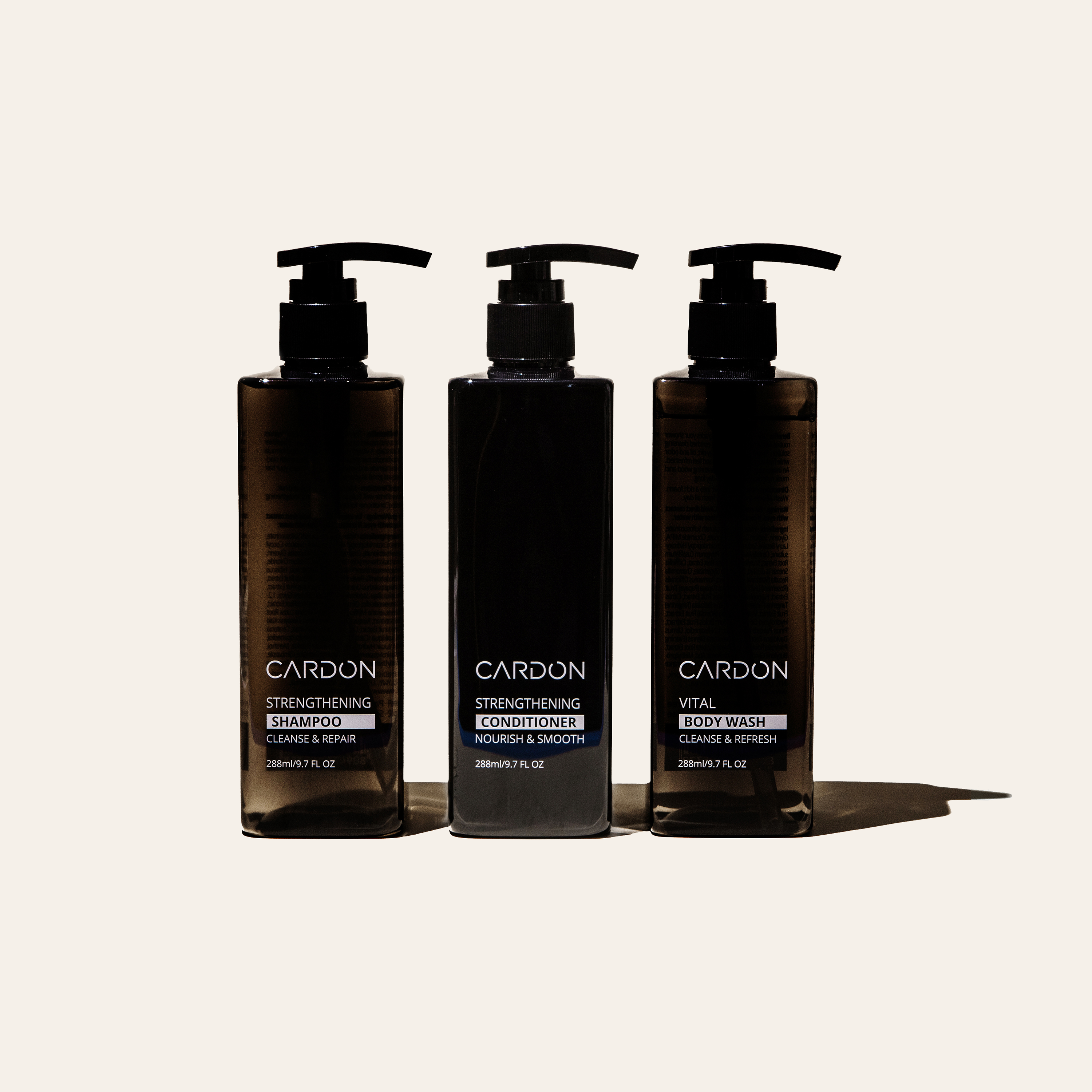
Hair + Body Shower Set
Looking for a skincare routine? Try our Anti-Aging Set to tackle fine lines and dark circles
$55.00
Hair Loss Myths
Here are a few myths about hair loss that we want to dispel.
Myth: Hair loss shampoo is enough to help keep your hair
If you are experiencing hair loss, then it’s important to have a hair care regimen for thinning hair, but it’s equally important not to bet the entire farm on those products. Remember, your grooming regimen is in support of the greater lifestyle changes, FDA-cleared medicines, and clinical therapies that exist for hair retention.
Myth: Some guys never lose any hair
On the contrary, every guy experiences hair loss in his lifetime, it’s just that some experience it far faster and more aggressively than others. But the sooner you start with hair retention habits, the likelier it is you’ll be one of those older guys who everyone “assumes” has never experienced hair loss.
Myth: Hair loss is permanent
Once a hair follicle loses its ability to grow strong, virile hairs, it begins to shrink as it sits dormant. You have roughly 1-2 years to revive this follicle before it is forever disabled. So, if you’ve noticed drastic loss over the last year or so, then you have lots of potential for reviving a lot of those dormant follicles. But remember, hair recession cannot be restored; only the hairs lost to crown thinning can be revived.
Myth: A hair transplant is a last resort
We don’t recommend hair transplants to everyone. You need to be doing the more common hair loss remedies (like minoxidil and finasteride) in order to ube showcasing the most possible hairs atop your head. Only then are you an optimal candidate for a hair transplant—and only if the hair transplant surgeon decides you haven’t lost too much hair already. See, if you get a hair transplant, you need to continue doing these medicines (and/or LLLT/PRP, outlined above) in order to keep the other hairs at their healthiest. Because, while the transplanted hairs won’t be prone to shedding, the ones that are native to the top of your head can still thin and fall. That means you could be left with a bunch of transplanted (and unmoving) hairs while the rest of you goes bald. So, use the medicines and/or clinical treatments before and after a hair transplant, and never consider a hair transplant as a “last resort”. Rather, it’s a super booster for people already putting in lots of effort.
Hair Care and Scalp Care for Thinning Hair

As mentioned above, it’s important to look for targeted ingredients in shampoo and conditioner for thinning hair. These things will help you to maximize your hair’s potential, by helping it to appear thicker and fuller while you deploy the above treatments and habits for greater retention.
It’s important to remember that scalp care is an essential part of hair care, and that your scalp is where all your follicles are housed. So, by minimizing strain on the scalp (like sunburn, dandruff, dryness, etc), you create a better environment for hair growth and support all of your other hair retention efforts.
Choose hair styling products that also maximize density, texture, and volume. Lightweight products like clays, pastes, creams, and texturizing salt sprays will give you plenty of styling options and will give you the appearance of more hair.
Shop the collection
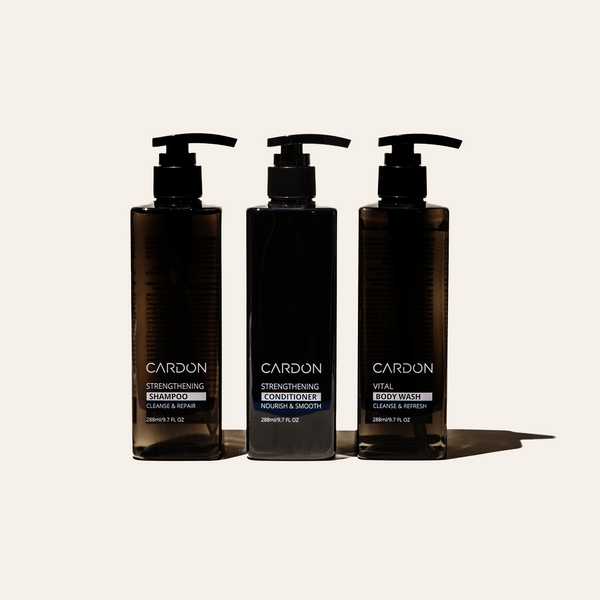
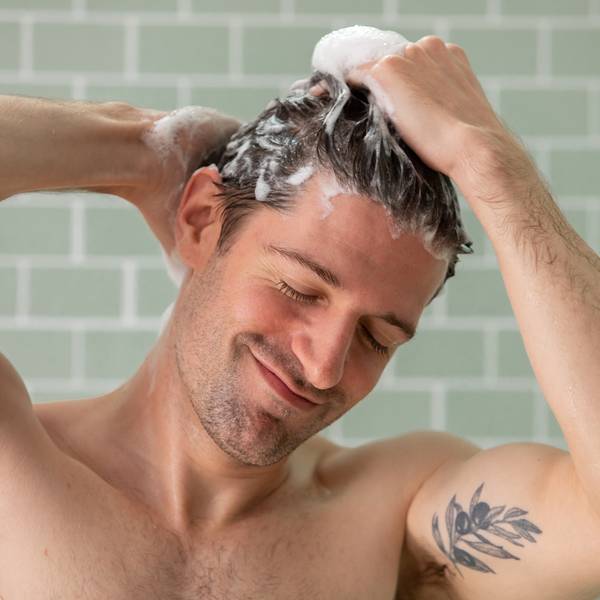
Hair + Body Shower Set
good for:
New + Improved: Same thickening formula now with biotin! The Hair + Body Shower Set has everything you need for an invigorating showertime routine, going beyond cleansing to strengthen, repair, and soothe your hair and skin. You—and your houseguests—will thank you for ditching the 3-in-1 for this trio.
*Vital Body Wash – winner of the 2022 GQ Grooming Awards
Includes Steps:
- 01 Hair Thickening + Strengthening Shampoo
- 02 Hair Thickening + Strengthening Conditioner
- 03 Vital Body Wash
Never go empty! Subscribe + Save 10%
Hair + Body Shower Set
good for:
New + Improved: Same thickening formula now with biotin! The Hair + Body Shower Set has everything you need for an invigorating showertime routine, going beyond cleansing to strengthen, repair, and soothe your hair and skin. You—and your houseguests—will thank you for ditching the 3-in-1 for this trio.
*Vital Body Wash – winner of the 2022 GQ Grooming Awards
Includes Steps:
- 01 Hair Thickening + Strengthening Shampoo
- 02 Hair Thickening + Strengthening Conditioner
- 03 Vital Body Wash
Never go empty! Subscribe + Save 10%
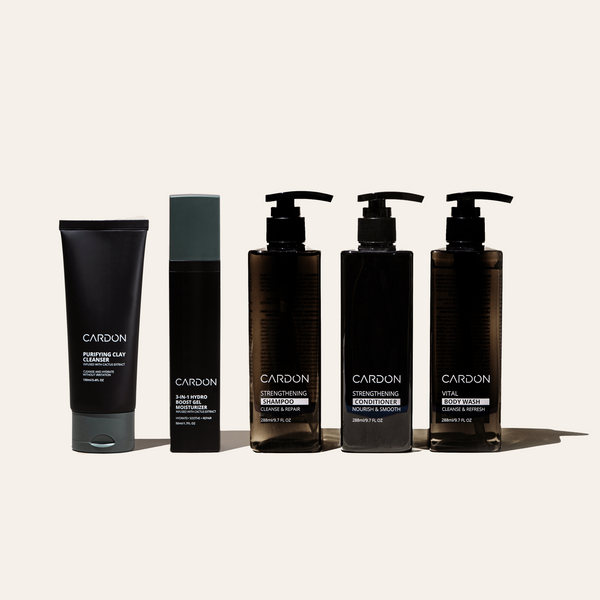
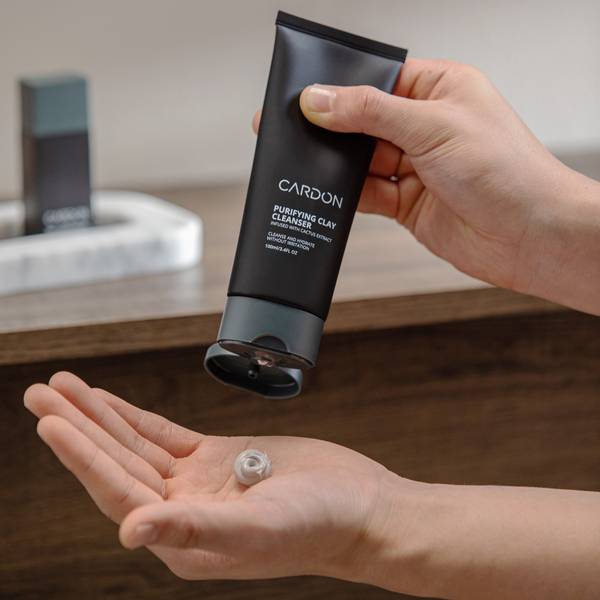
NEW
NEW
+ Hair
+ Body
Head-to-Toe Set
good for:
We've got you covered head to toe, literally. This set comes with a complete skin and hair care routine.
Includes our invigorating shampoo and conditioner to prevent hair loss, refreshing body wash to treat body acne, clay-infused face wash to deeply cleanse the face from debris, and lightweight gel moisturizer to soothe, rehydrate and repair skin while you sleep.
It's about time you treated the rest of your body as good as you treat your face.
Includes Steps:
- 01 Purifying Clay Cleanser
- 02 Hydro Boost Gel Moisturizer
- 03 Hair Thickening + Strengthening Shampoo
- 04 Hair Thickening + Strengthening Conditioner
- 05 Vital Body Wash
Never go empty! Subscribe + Save 10%
Head-to-Toe Set
good for:
We've got you covered head to toe, literally. This set comes with a complete skin and hair care routine.
Includes our invigorating shampoo and conditioner to prevent hair loss, refreshing body wash to treat body acne, clay-infused face wash to deeply cleanse the face from debris, and lightweight gel moisturizer to soothe, rehydrate and repair skin while you sleep.
It's about time you treated the rest of your body as good as you treat your face.
Includes Steps:
- 01 Purifying Clay Cleanser
- 02 Hydro Boost Gel Moisturizer
- 03 Hair Thickening + Strengthening Shampoo
- 04 Hair Thickening + Strengthening Conditioner
- 05 Vital Body Wash
Never go empty! Subscribe + Save 10%


Hair Loss
Healthy Hair Duo
good for:
New + Improved: Same thickening formula now with biotin! Teamwork makes your hair dreams work.
Our highly-rated Hair Thickening + Strengthening Shampoo and Conditioner teams up to get to the root of hair loss, strengthening and nourishing hair starting right at the scalp. Achieve thicker, healthier follicles with the help of our protein and vitamin-packed formula.
Includes Steps:
- 01 Hair Thickening + Strengthening Shampoo
- 02 Hair Thickening + Strengthening Conditioner
Never go empty! Subscribe + Save 10%
Healthy Hair Duo
good for:
New + Improved: Same thickening formula now with biotin! Teamwork makes your hair dreams work.
Our highly-rated Hair Thickening + Strengthening Shampoo and Conditioner teams up to get to the root of hair loss, strengthening and nourishing hair starting right at the scalp. Achieve thicker, healthier follicles with the help of our protein and vitamin-packed formula.
Includes Steps:
- 01 Hair Thickening + Strengthening Shampoo
- 02 Hair Thickening + Strengthening Conditioner
Never go empty! Subscribe + Save 10%
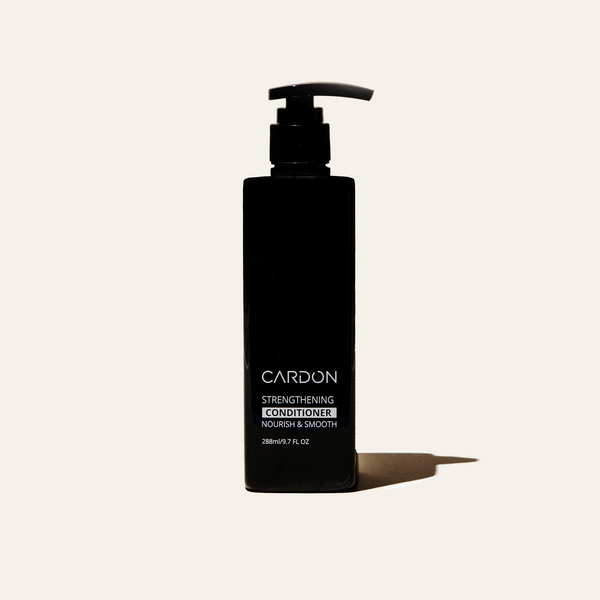

Hair Loss
Hair Thickening + Strengthening Conditioner
good for:
New + Improved: Same thickening formula now with biotin! Finally, a conditioner that doesn’t just soothe—but strengthens, too.
Our Strengthening Conditioner uses Niacinamide and Yeast Extract to get to the root of hair loss issues, nourishing the hair starting right at the scalp for stronger hair that’s smooth as silk.
“A perfect compliment to the shampoo. Adds amazing hydration to the hair, leaving it soft (even with hard water)! A nice, but not overpowering, menthol scent.” - Steve C.
Hair Thickening + Strengthening Conditioner
good for:
New + Improved: Same thickening formula now with biotin! Finally, a conditioner that doesn’t just soothe—but strengthens, too.
Our Strengthening Conditioner uses Niacinamide and Yeast Extract to get to the root of hair loss issues, nourishing the hair starting right at the scalp for stronger hair that’s smooth as silk.
“A perfect compliment to the shampoo. Adds amazing hydration to the hair, leaving it soft (even with hard water)! A nice, but not overpowering, menthol scent.” - Steve C.

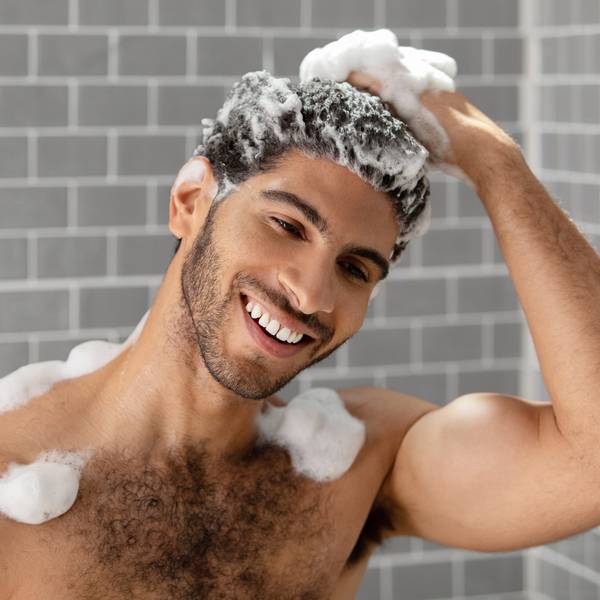
Hair Thickening + Strengthening Shampoo
good for:
New + Improved: Same thickening formula now with biotin! Stop hair loss—from receding hairlines to thinning hair—with the first step in your shower routine.
Our protein-packed Hair Thickening + Strengthening Shampoo uses niacinamide, vitamin B5, and yeast extract to restore hair follicles while protecting the scalp and reducing flakiness, too. The result? Thicker, stronger hair that’s here to stay.
“A true example of less is more. This shampoo is perfect. Leaves my hair feeling and looking healthy and thick and does not irritate my sensitive skin. A must add to my Cardon skincare regimen.” - David N.
Hair Thickening + Strengthening Shampoo
good for:
New + Improved: Same thickening formula now with biotin! Stop hair loss—from receding hairlines to thinning hair—with the first step in your shower routine.
Our protein-packed Hair Thickening + Strengthening Shampoo uses niacinamide, vitamin B5, and yeast extract to restore hair follicles while protecting the scalp and reducing flakiness, too. The result? Thicker, stronger hair that’s here to stay.
“A true example of less is more. This shampoo is perfect. Leaves my hair feeling and looking healthy and thick and does not irritate my sensitive skin. A must add to my Cardon skincare regimen.” - David N.

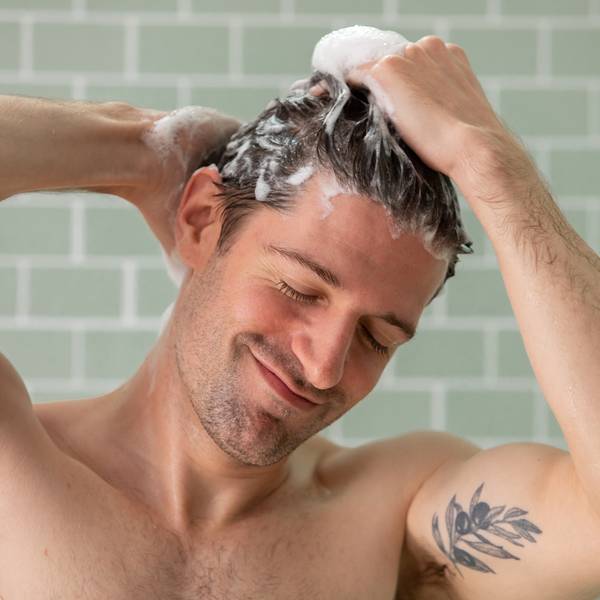
NEW
NEW
Cleanse + Refresh Set
good for:
Hit refresh! The Cleanse + Refresh Set gives you the ultimate cleanse from head to toe with highly-effective skincare-grade formulas. Strengthening Shampoo boosts hair volume, Vital Body Wash fights dryness and breakouts, and Purifying Clay Cleanser keeps your skin clear and balanced. It's the perfect set for a fresh, confident look every day!
Pro tip: Use Purifying Clay Cleanser as a spot treatment for pimples or pore-clearing clay mask. Apply to the affected area or the full face and rinse off after 10 minutes.
Includes Steps:
- 01 Purifying Clay Cleanser
- 02 Hair Thickening + Strengthening Shampoo
- 03 Vital Body Wash
Never go empty! Subscribe + Save 10%
Cleanse + Refresh Set
good for:
Hit refresh! The Cleanse + Refresh Set gives you the ultimate cleanse from head to toe with highly-effective skincare-grade formulas. Strengthening Shampoo boosts hair volume, Vital Body Wash fights dryness and breakouts, and Purifying Clay Cleanser keeps your skin clear and balanced. It's the perfect set for a fresh, confident look every day!
Pro tip: Use Purifying Clay Cleanser as a spot treatment for pimples or pore-clearing clay mask. Apply to the affected area or the full face and rinse off after 10 minutes.
Includes Steps:
- 01 Purifying Clay Cleanser
- 02 Hair Thickening + Strengthening Shampoo
- 03 Vital Body Wash
Never go empty! Subscribe + Save 10%
Cardon Products Are
Easy to Use
We never create two products when we can achieve the same results with one. Cardon products are designed to be easy to use every day.
Backed By Korean Innovation
Korean R&D is two decades ahead of the rest of the world. Cardon products use the highest quality, most effective ingredients out there.
Non-Toxic
Finally, an ingredient label you can feel good about. Every ingredient in Cardon products is good for your skin, and easy on the mind.

